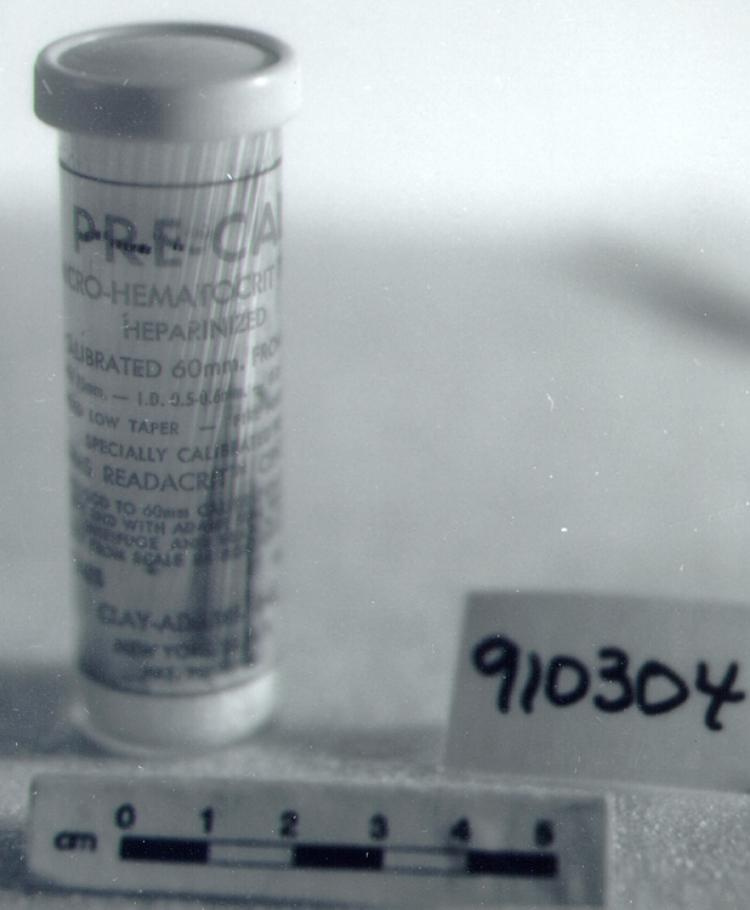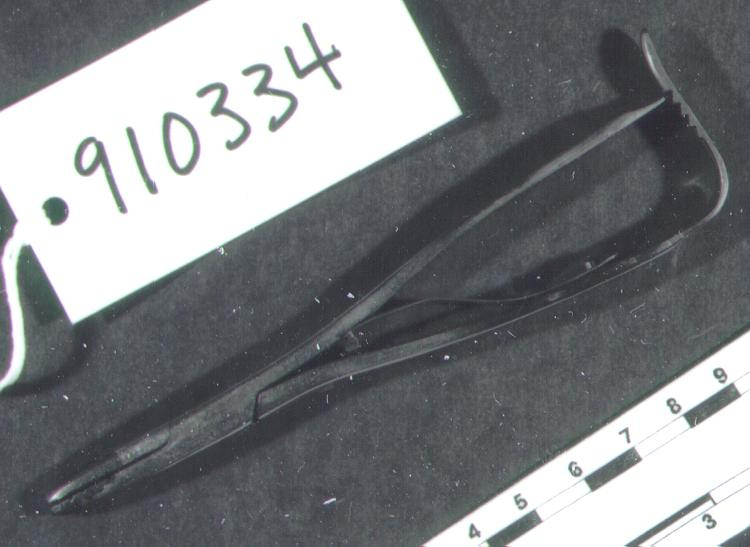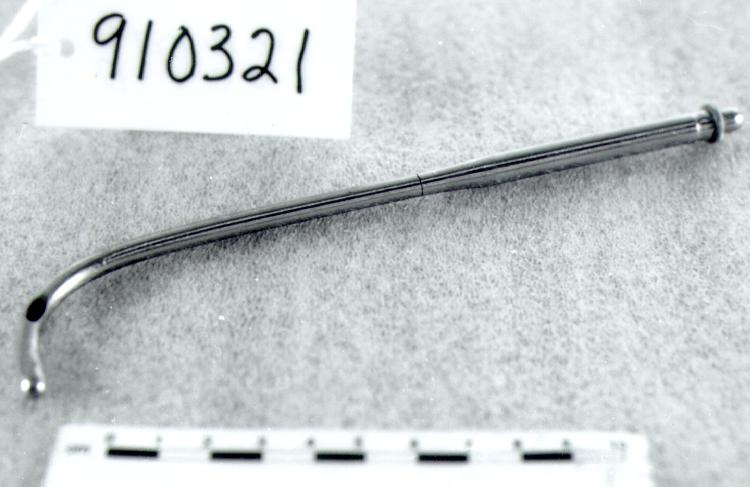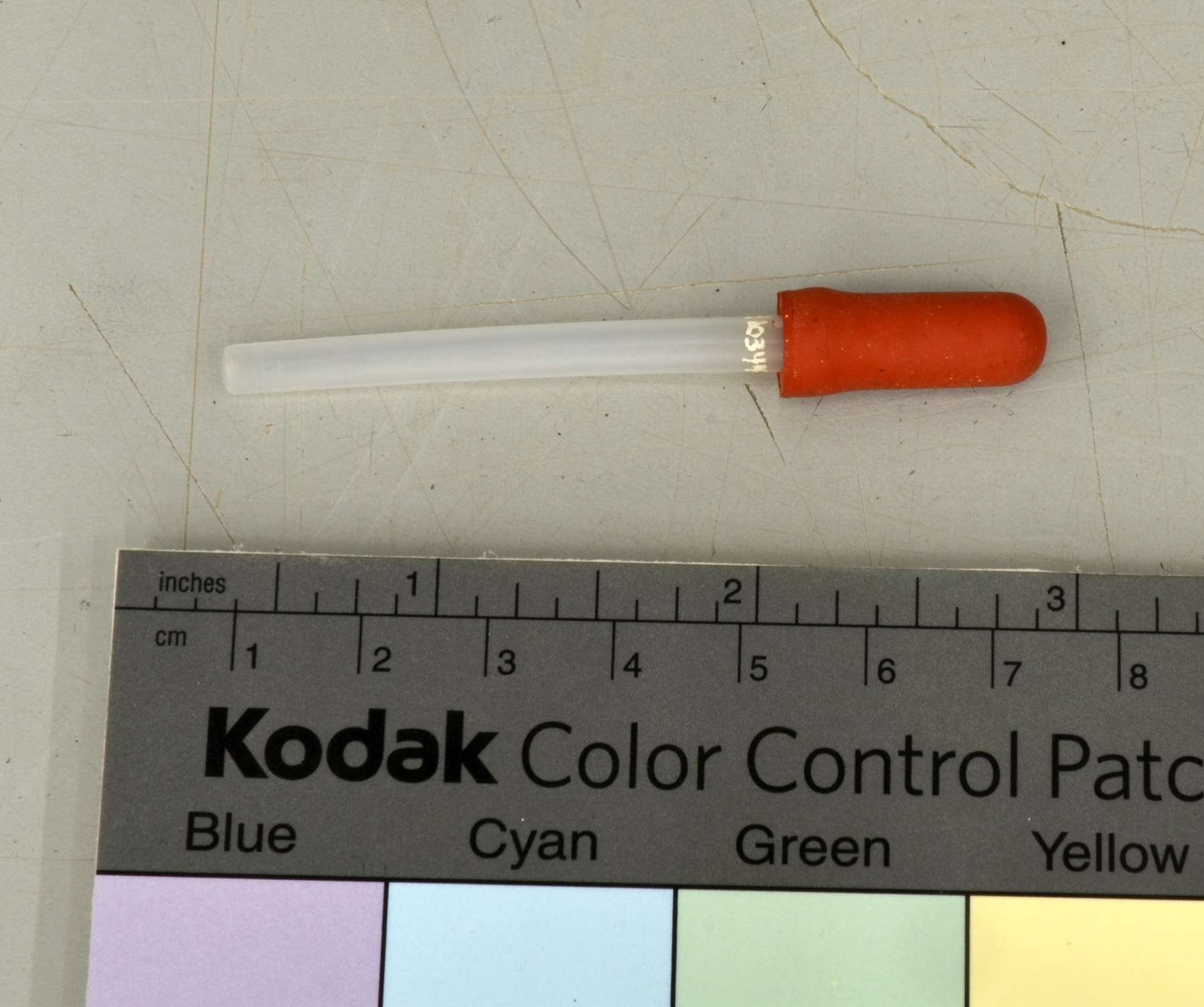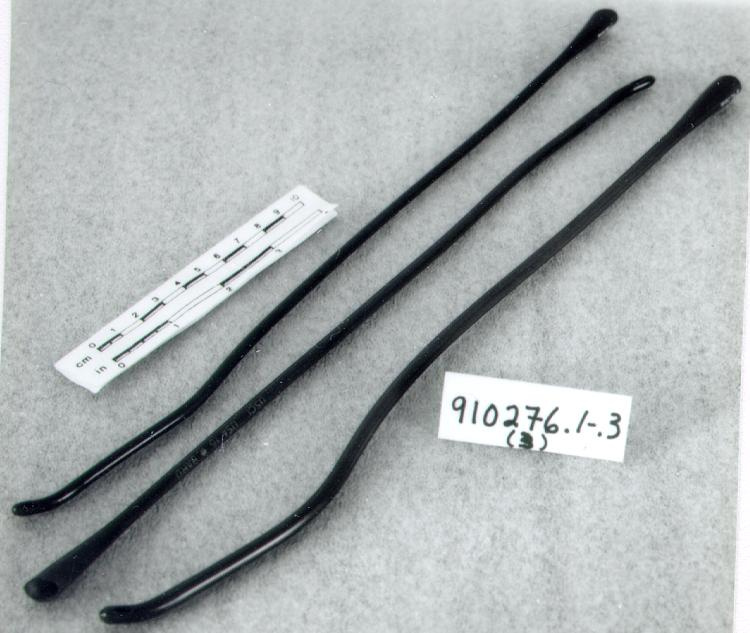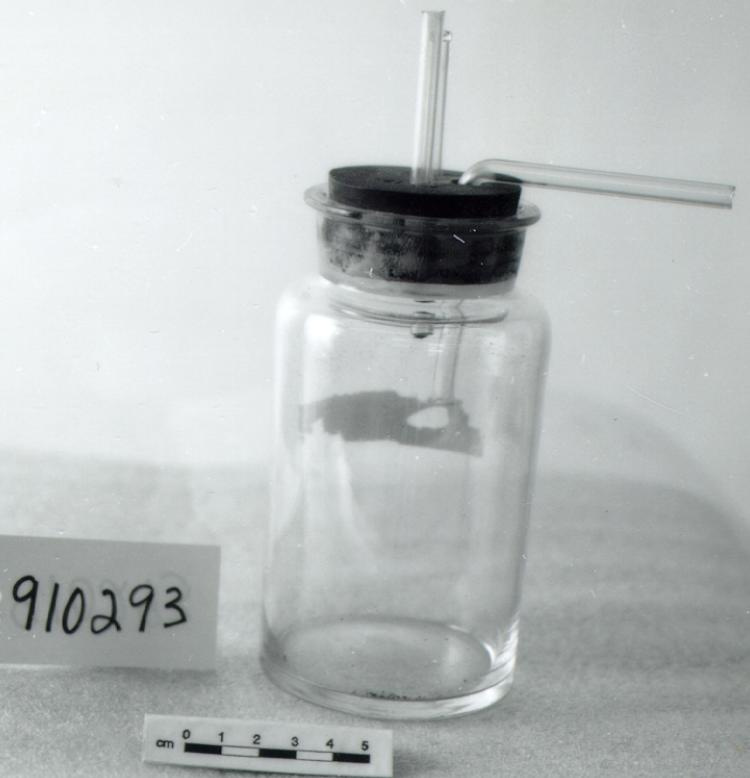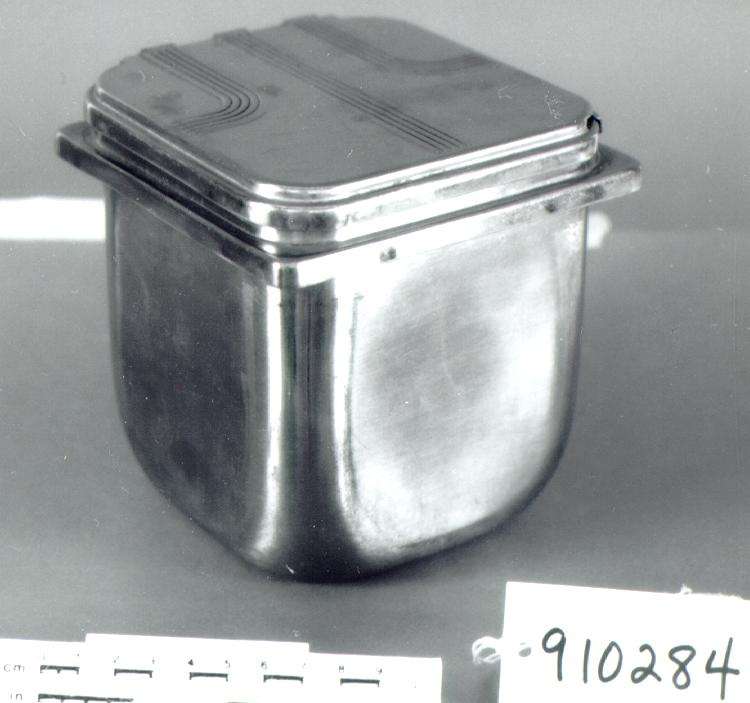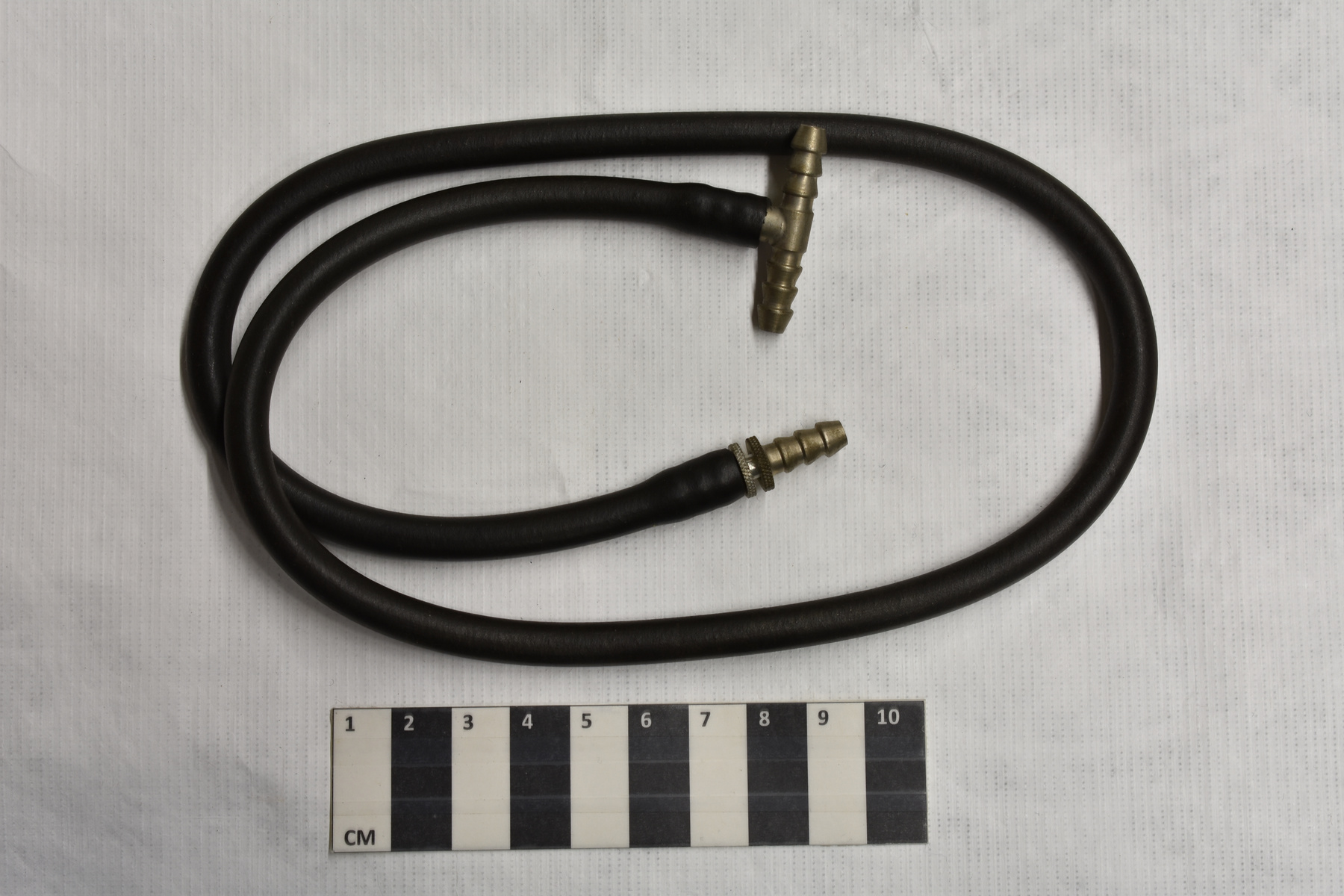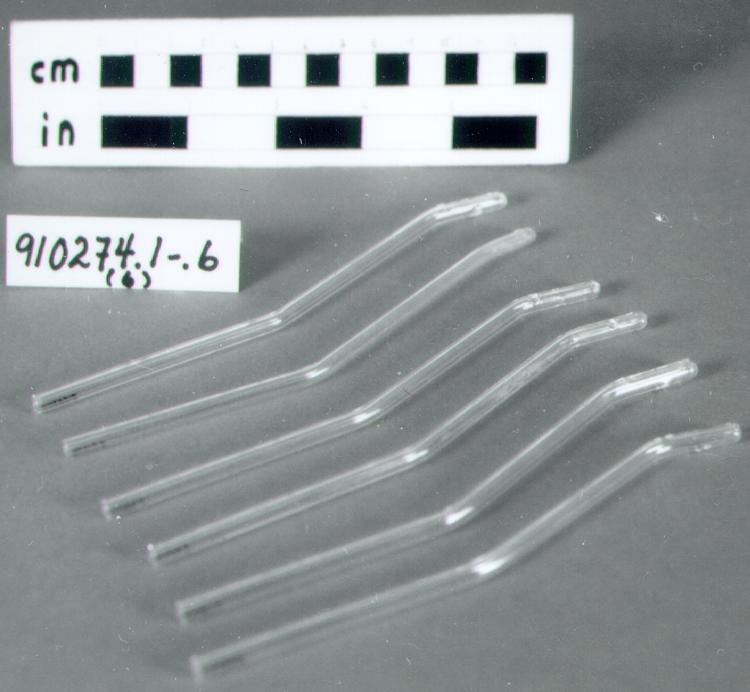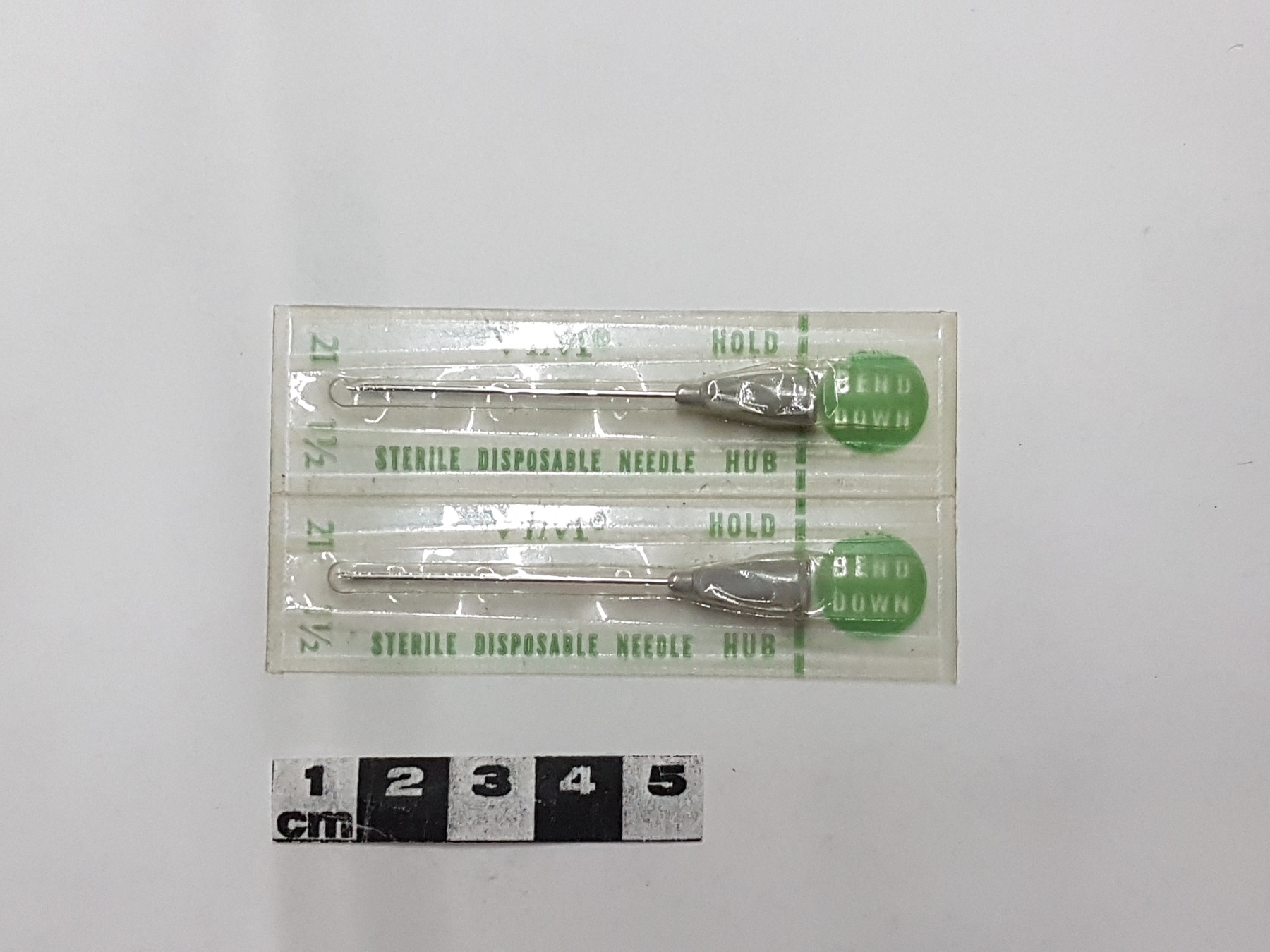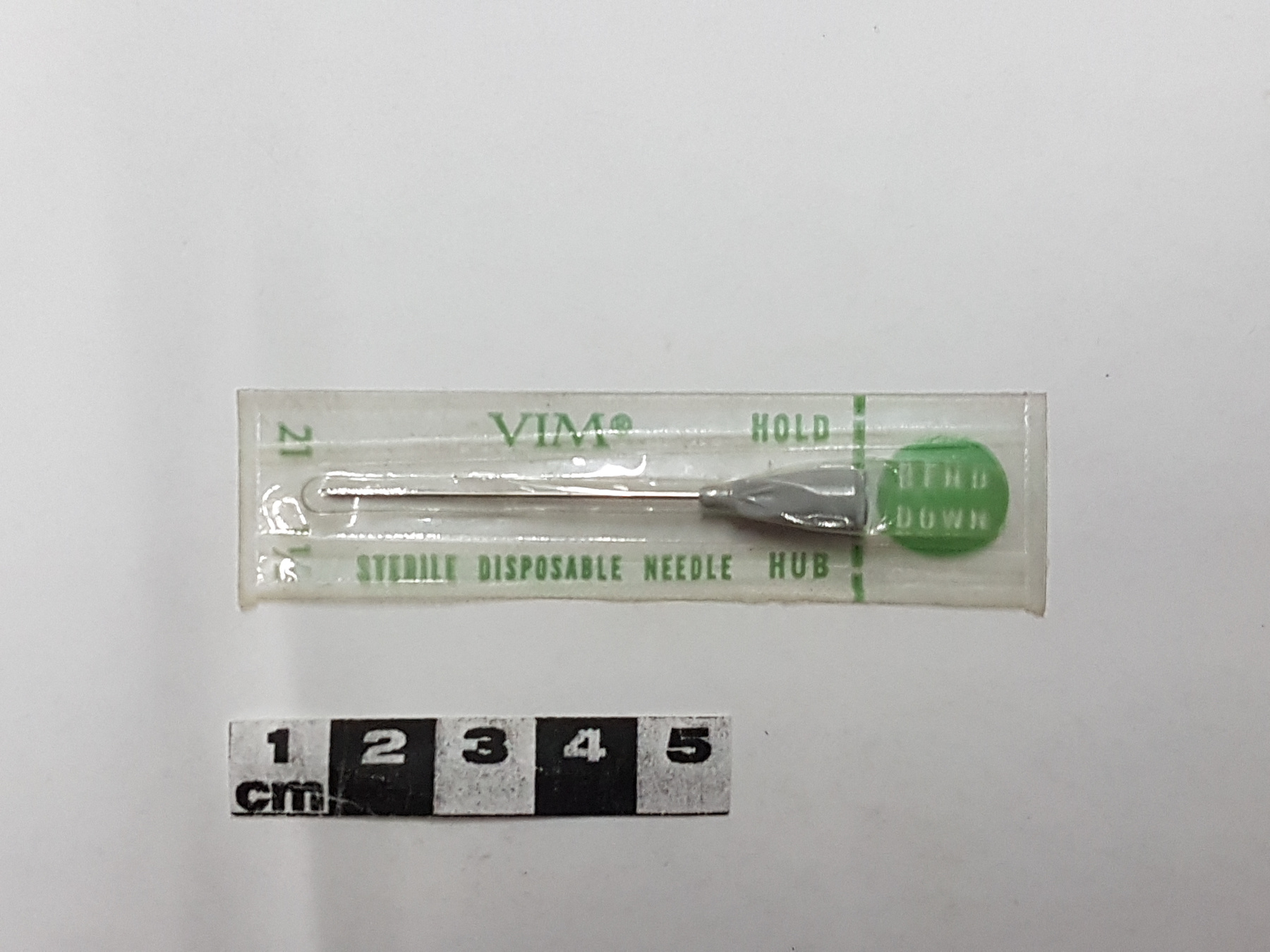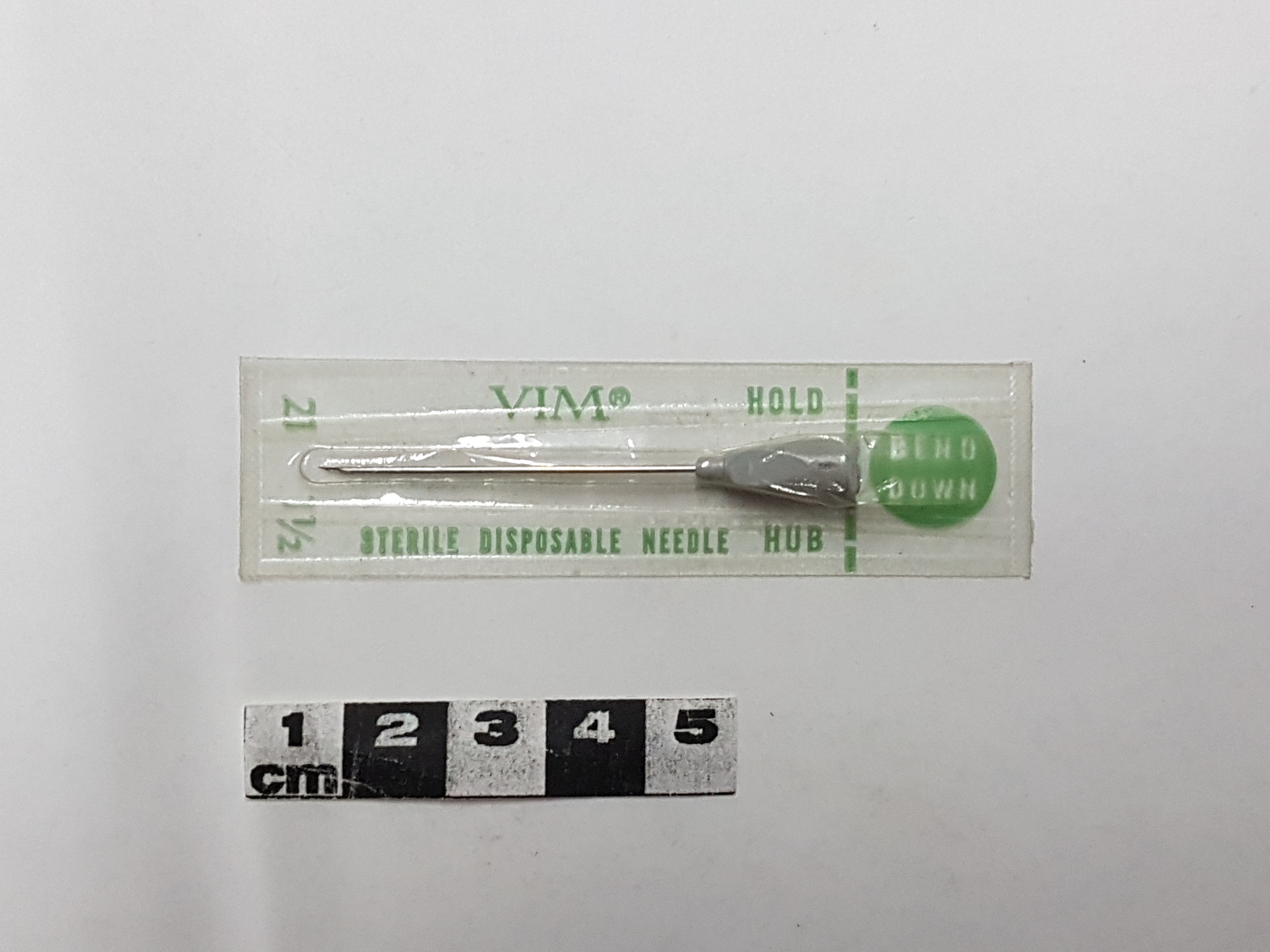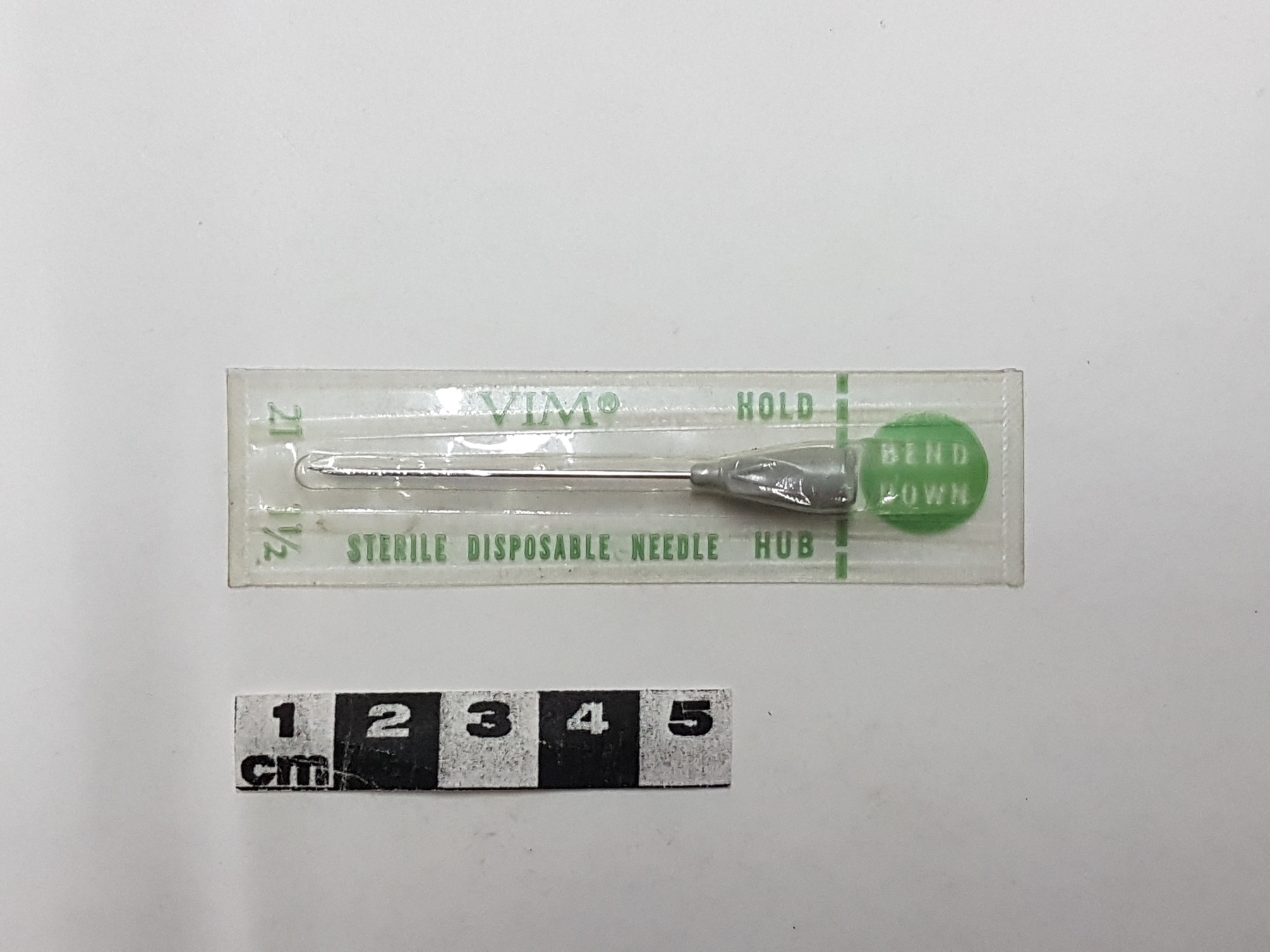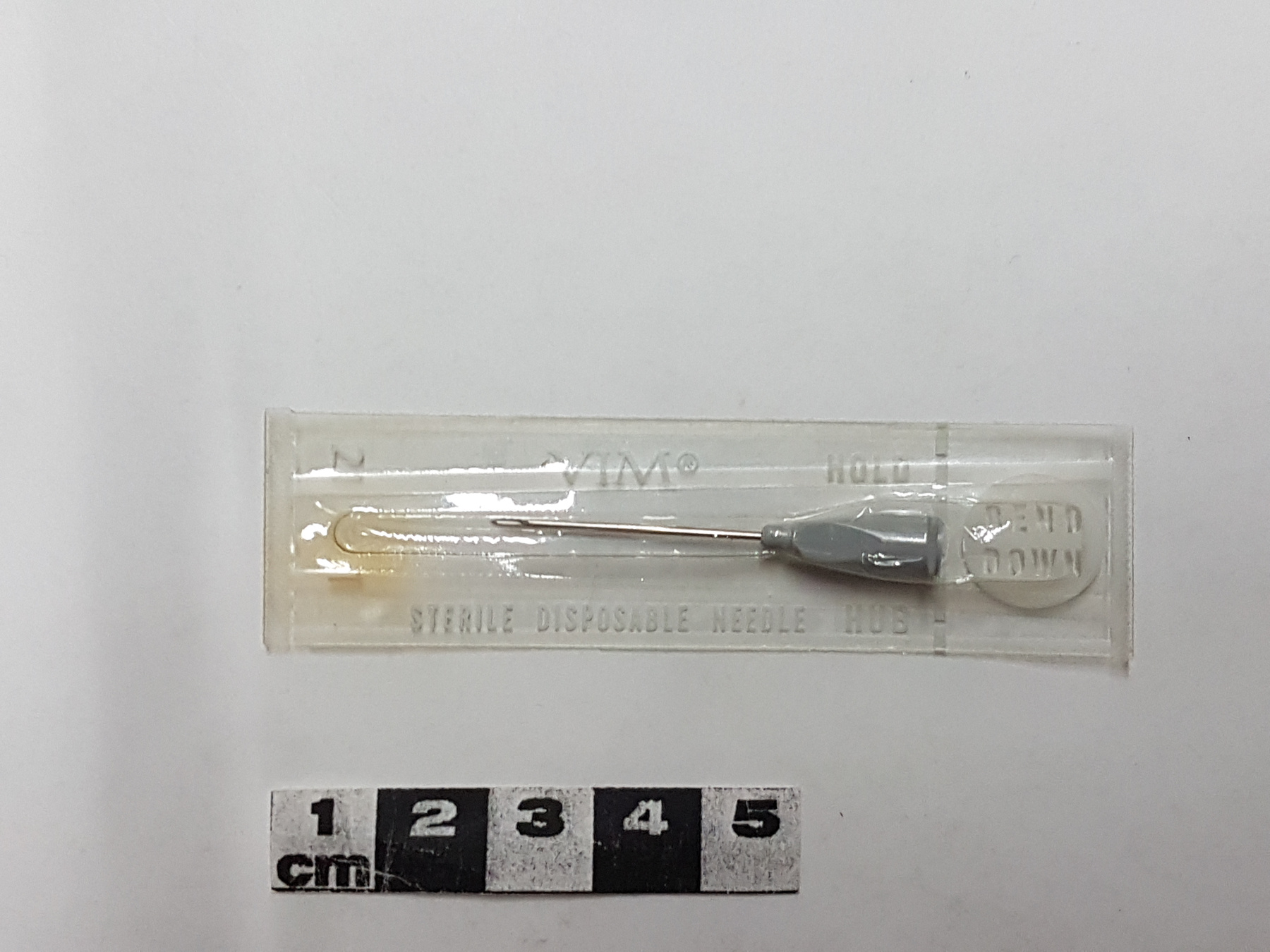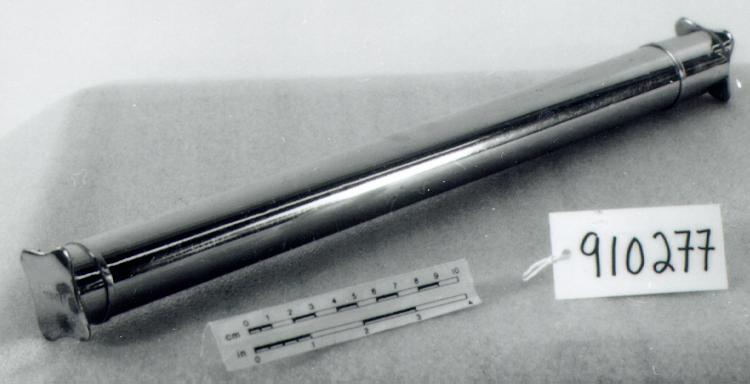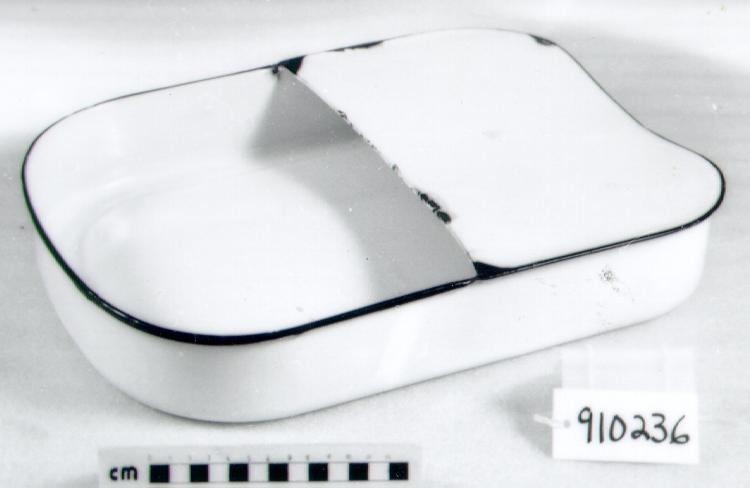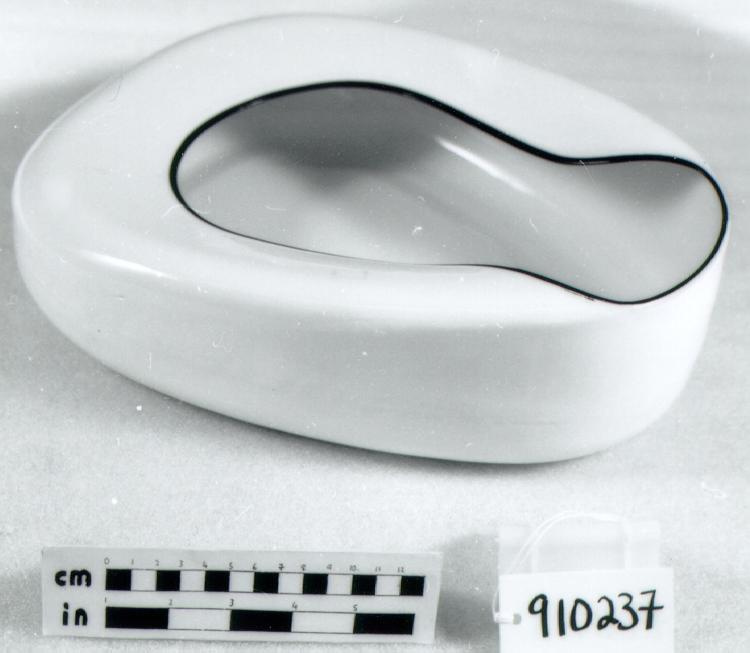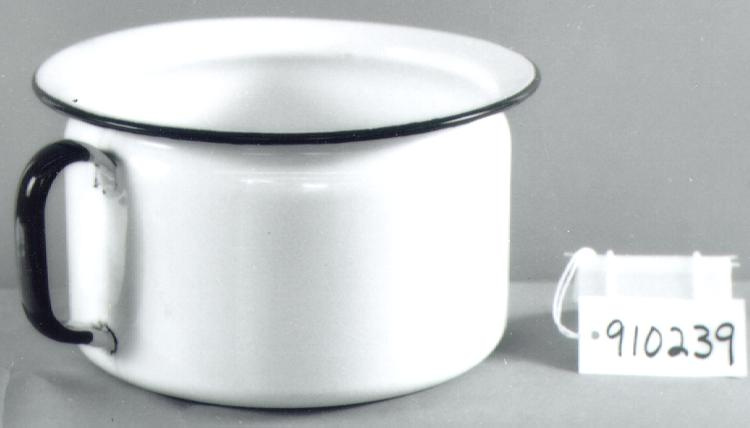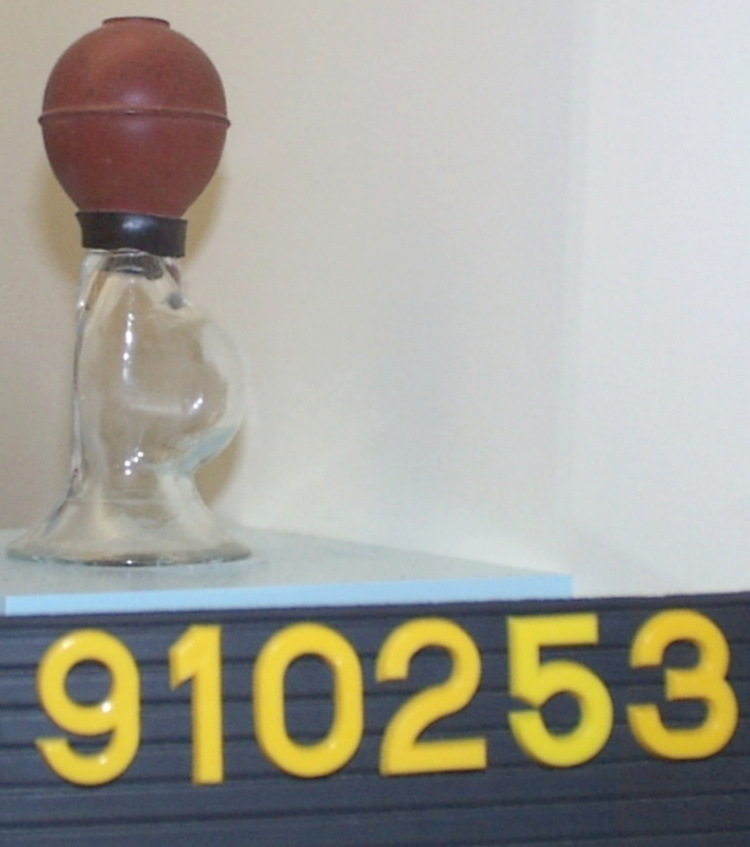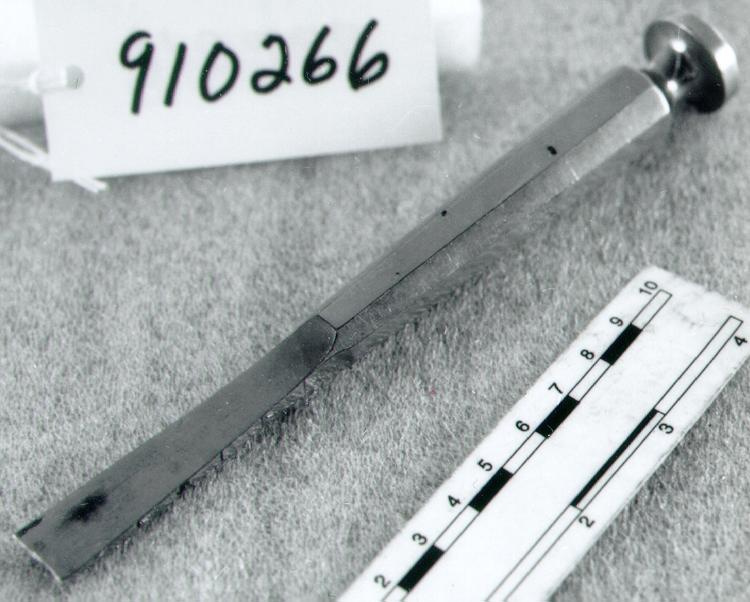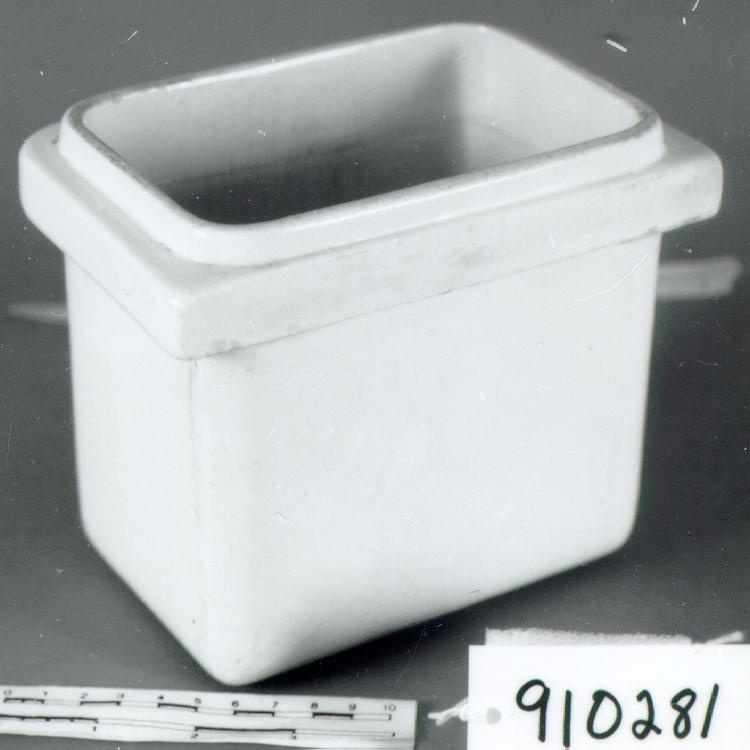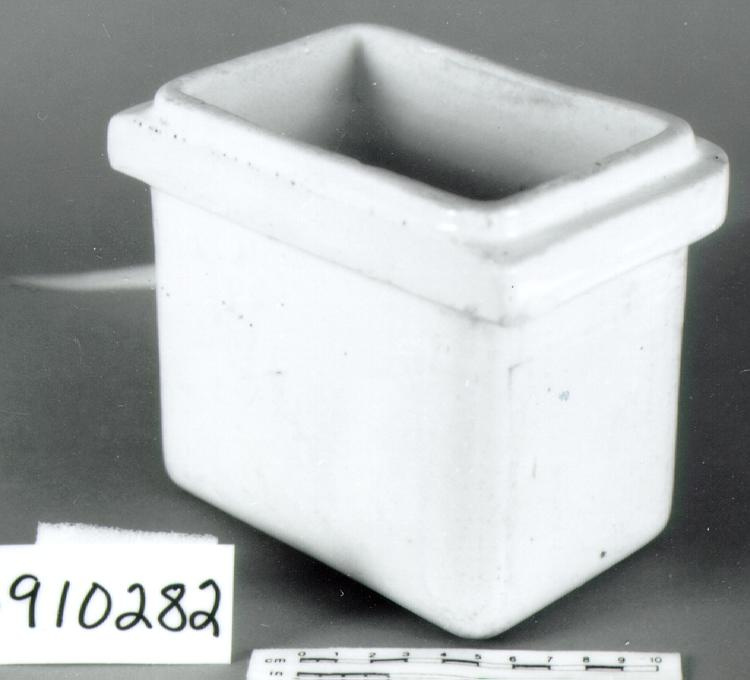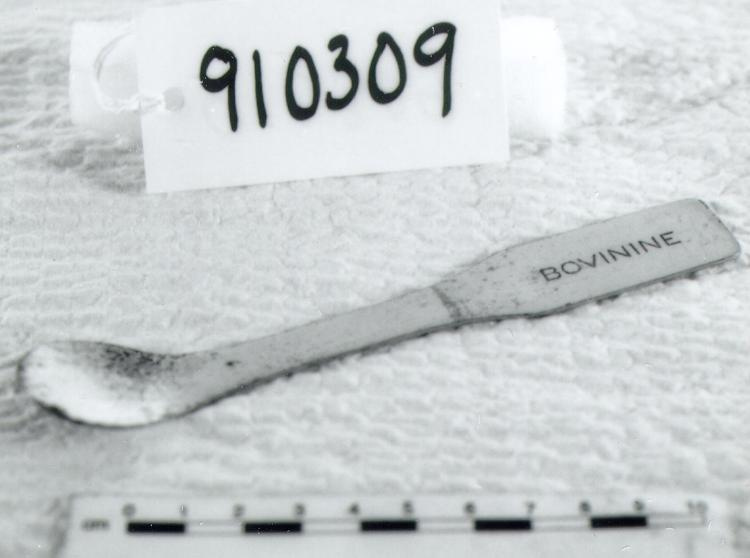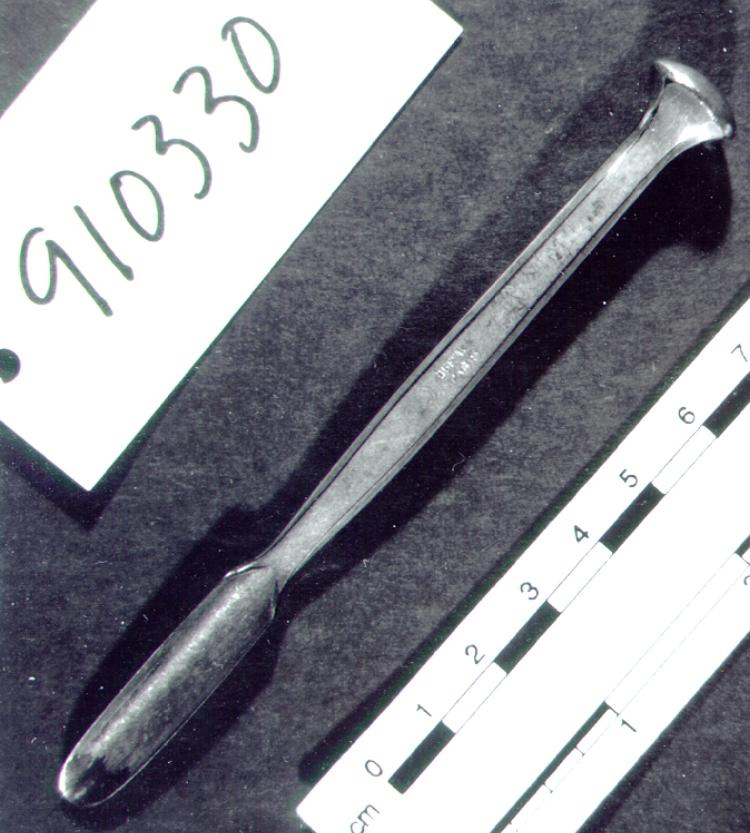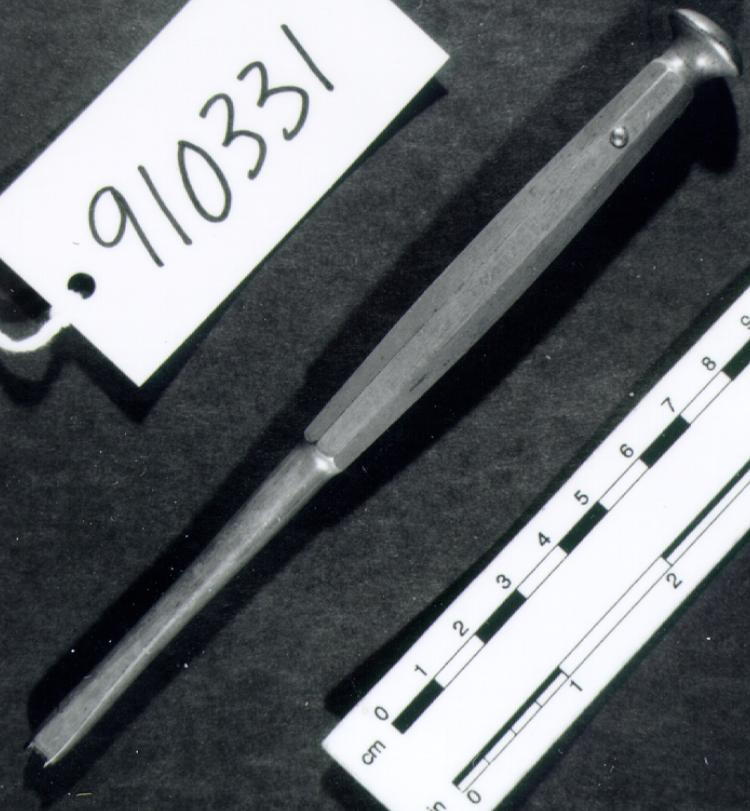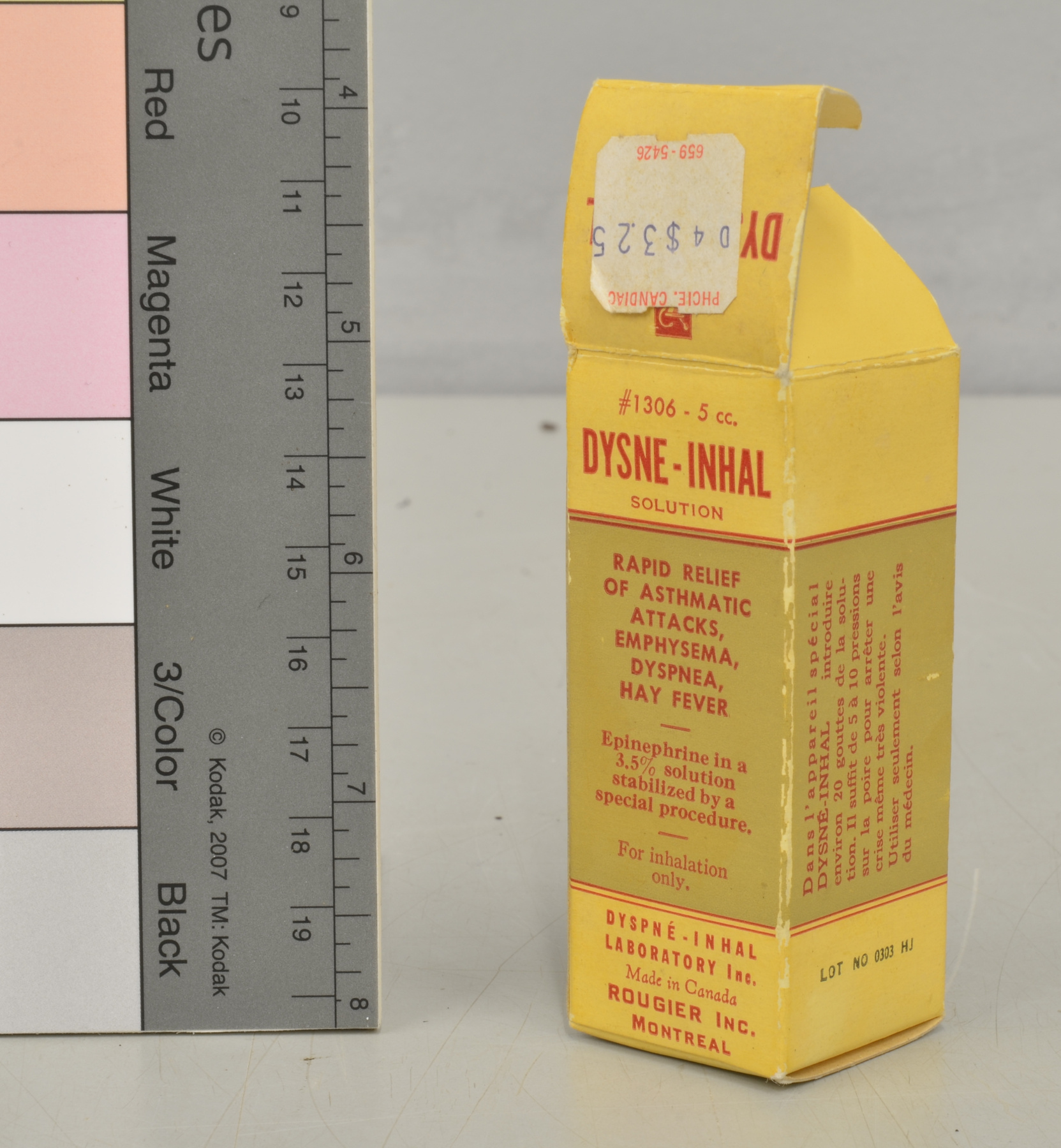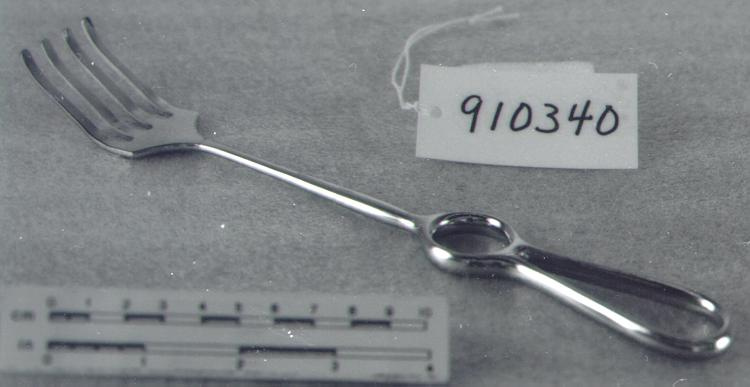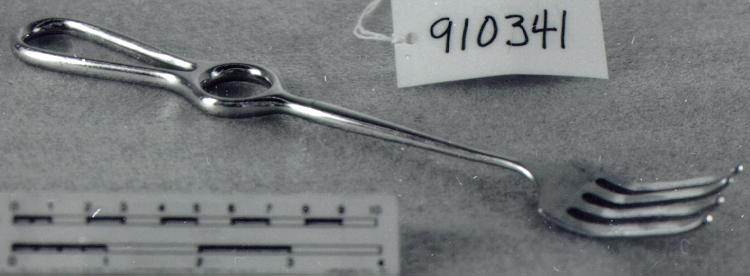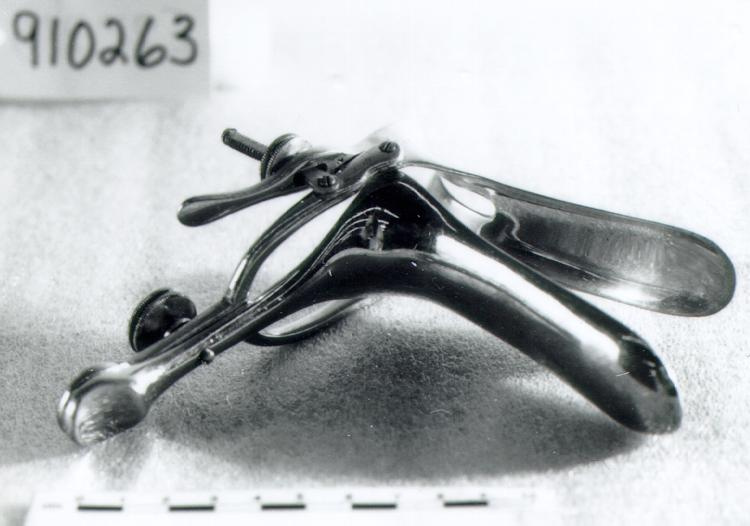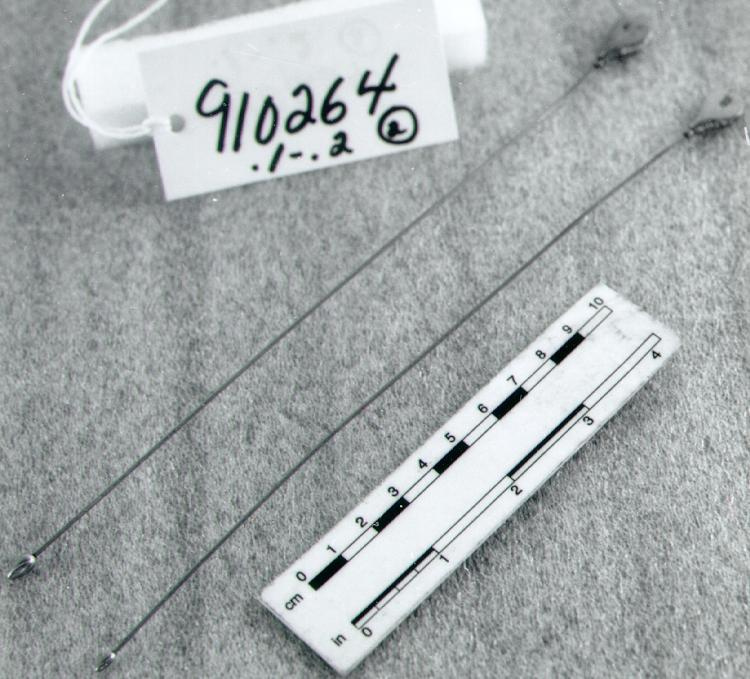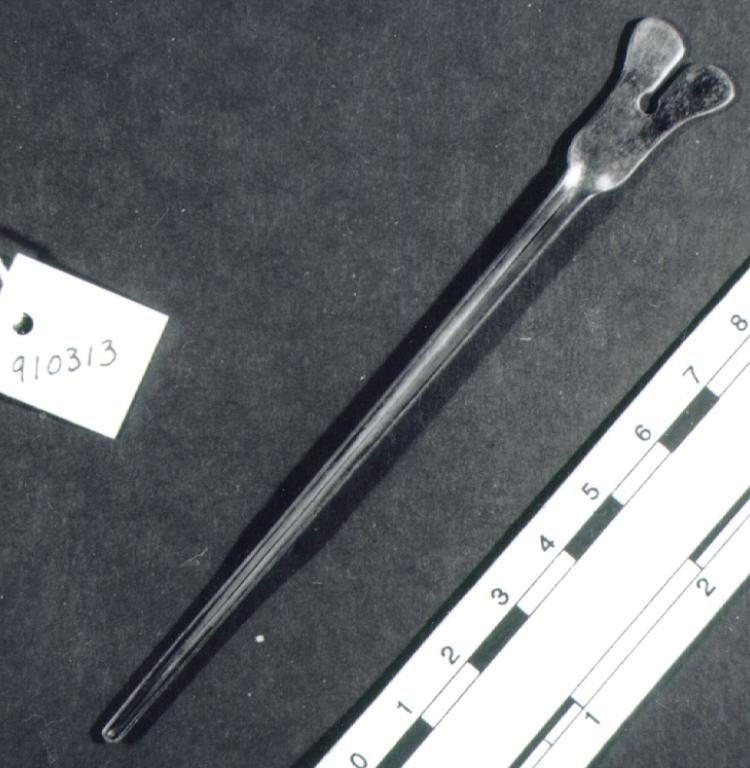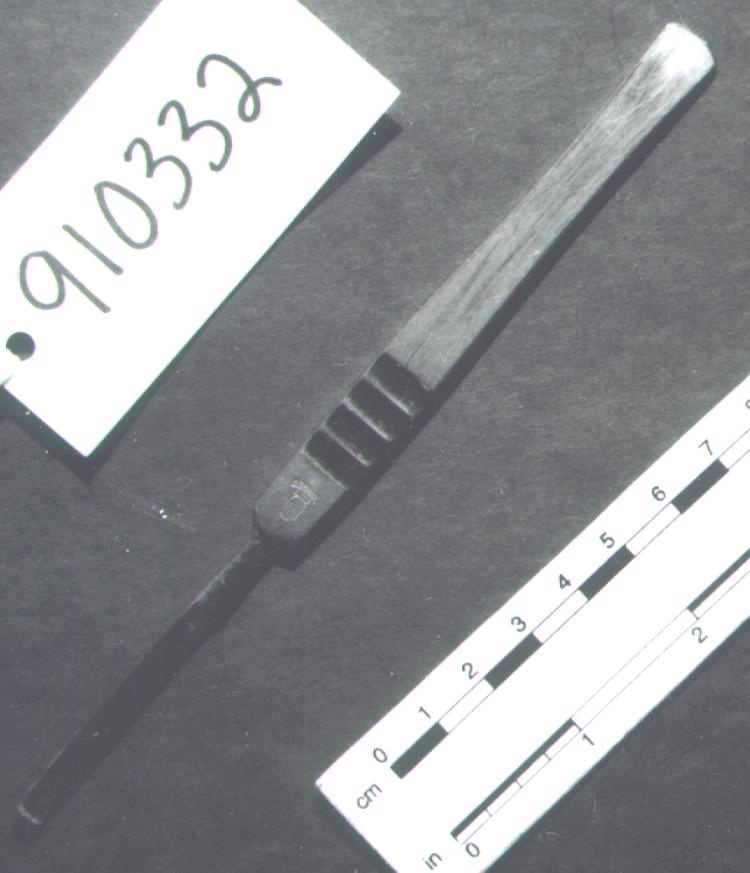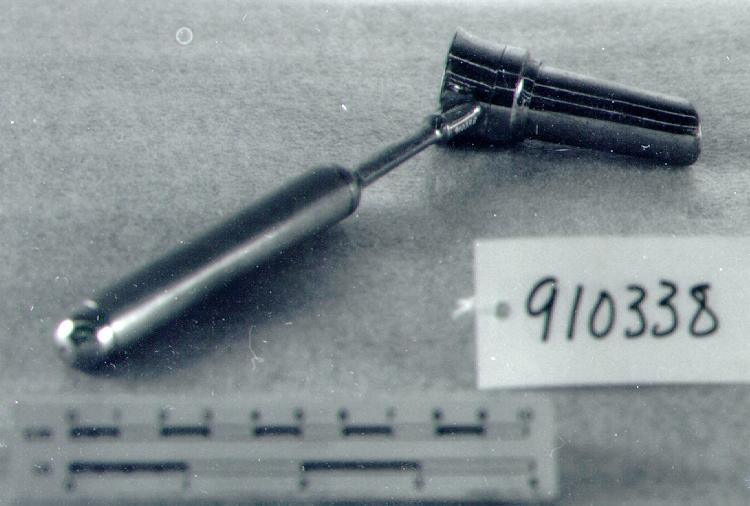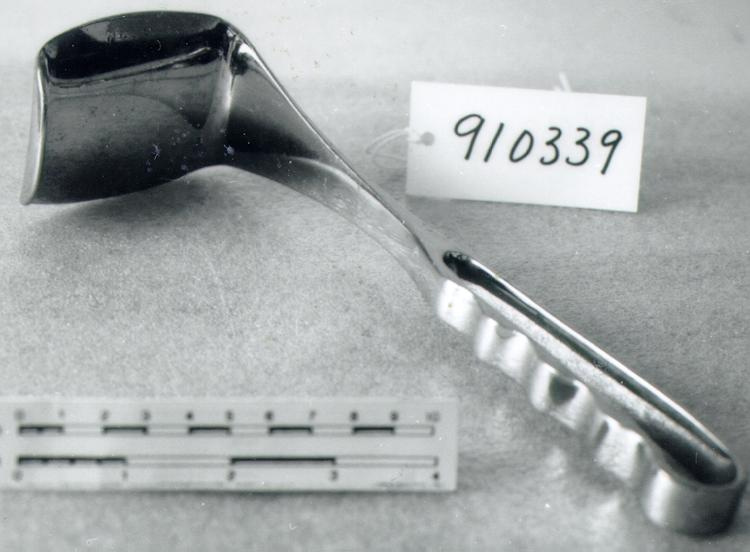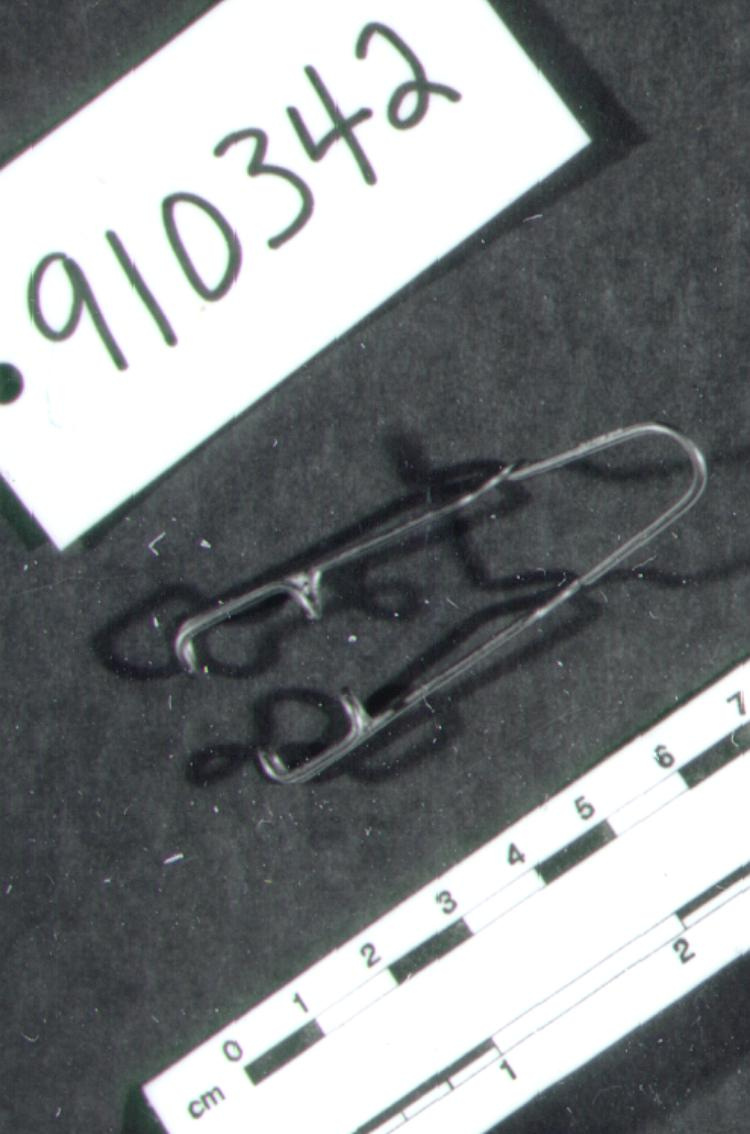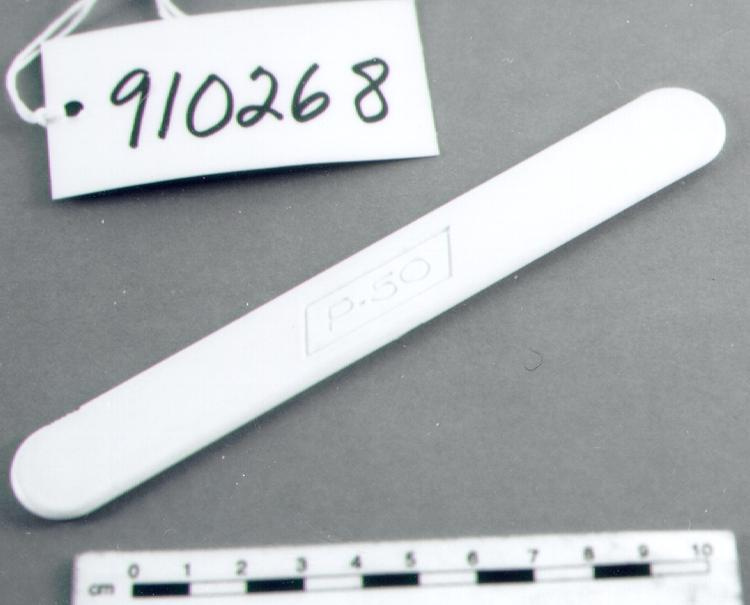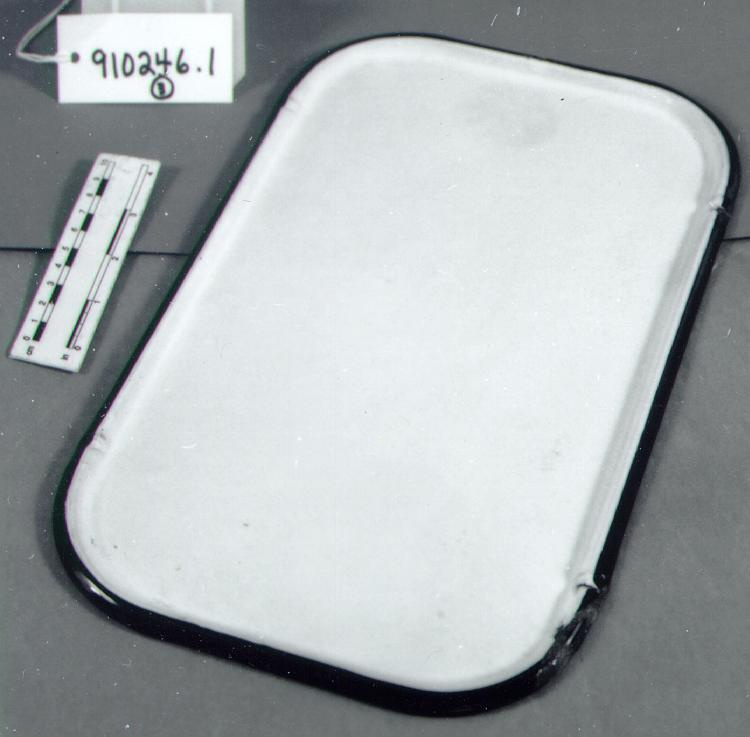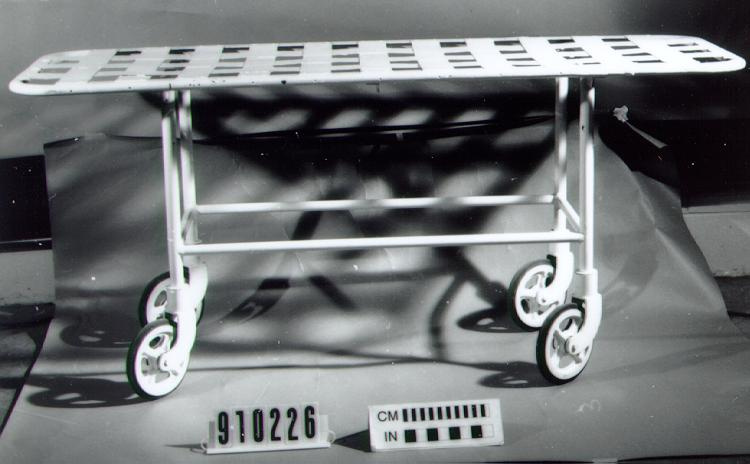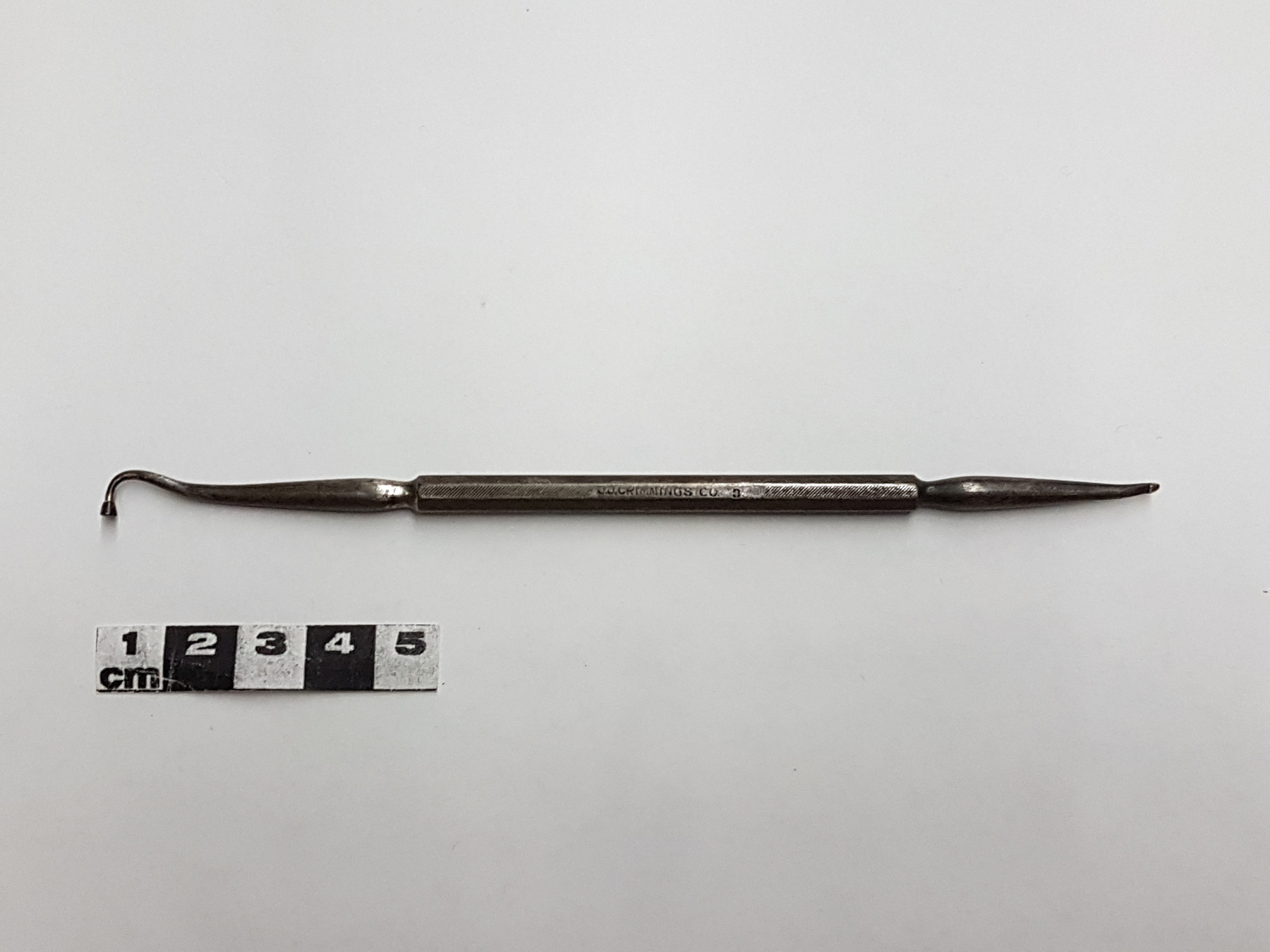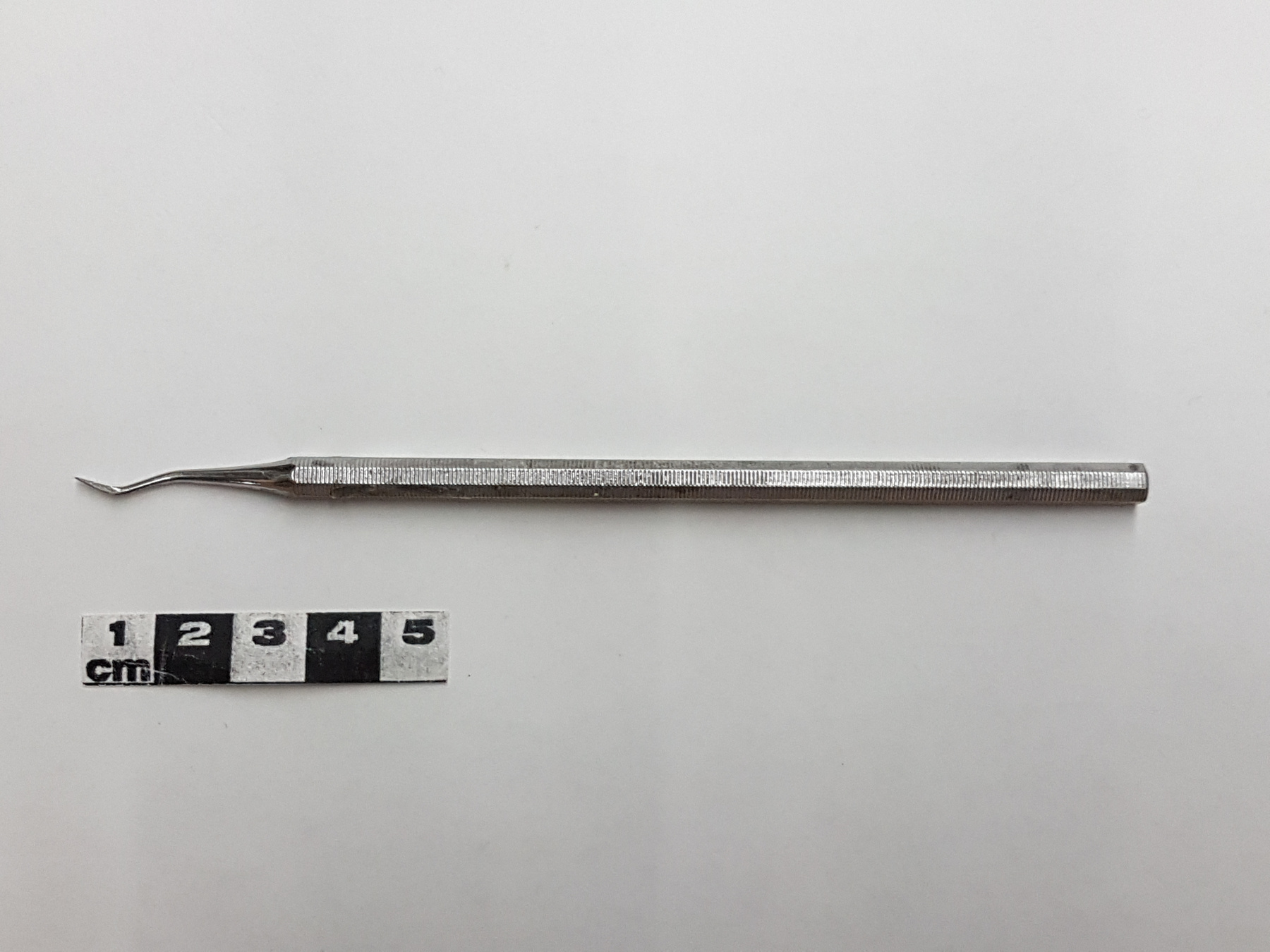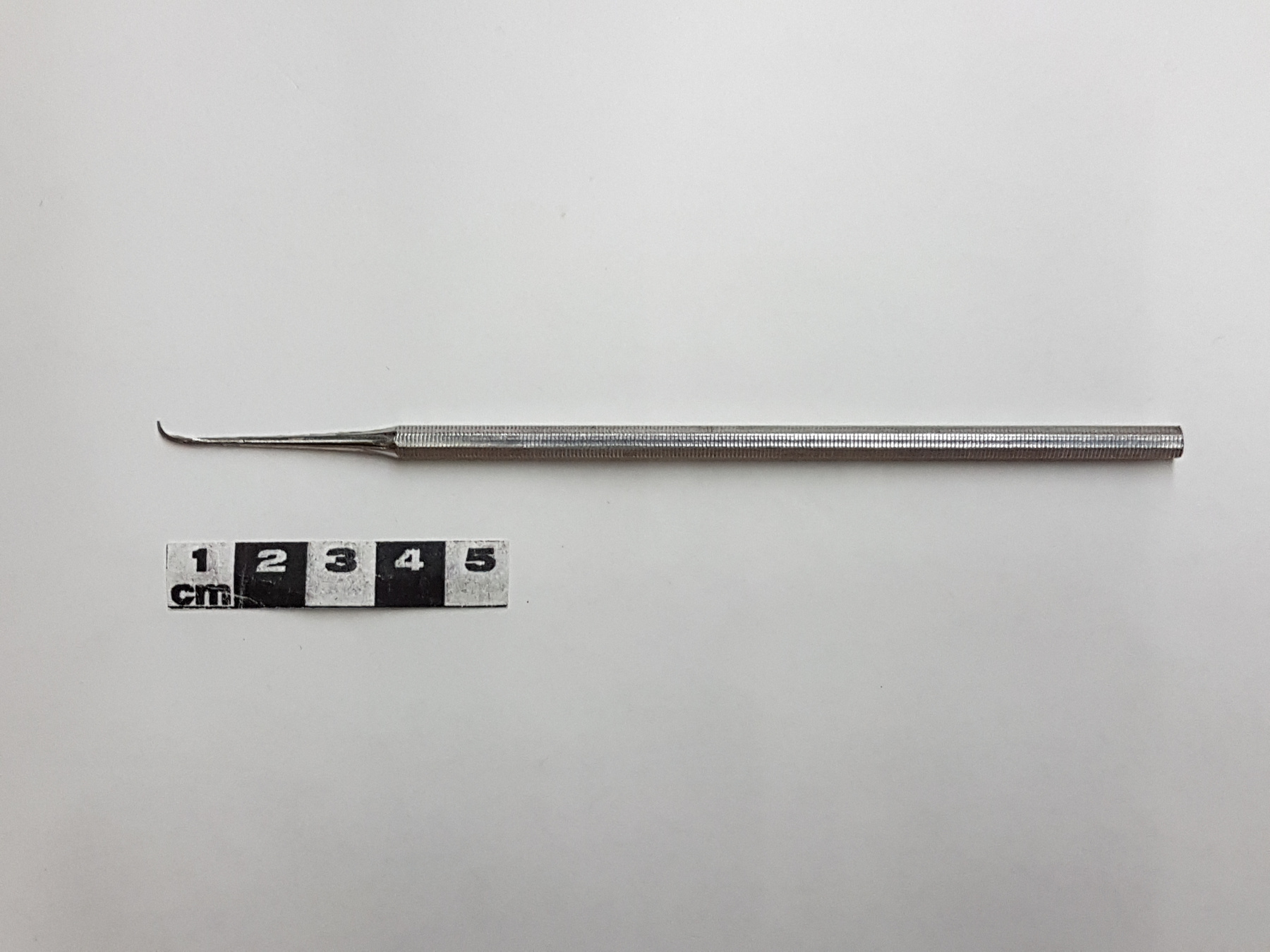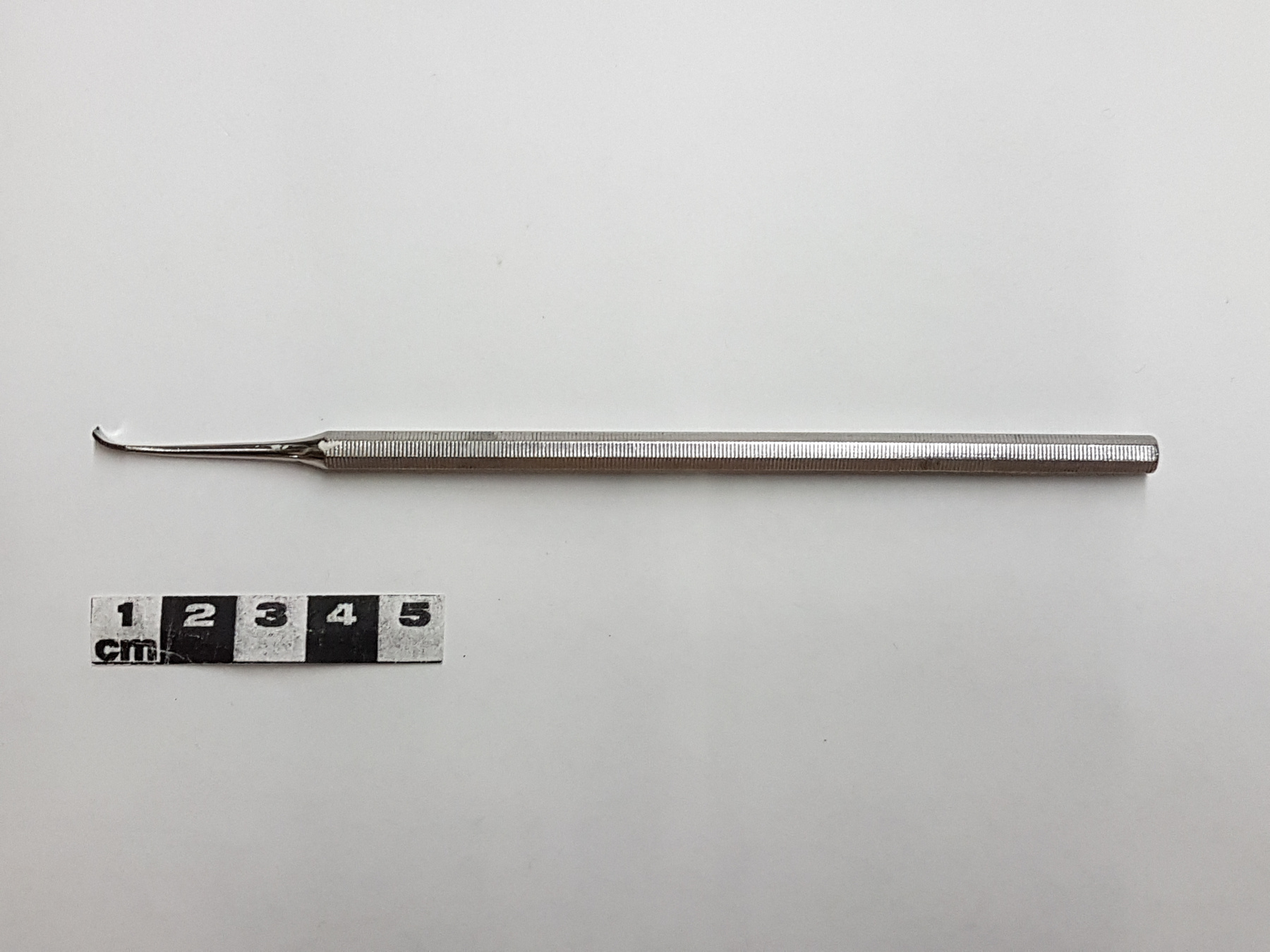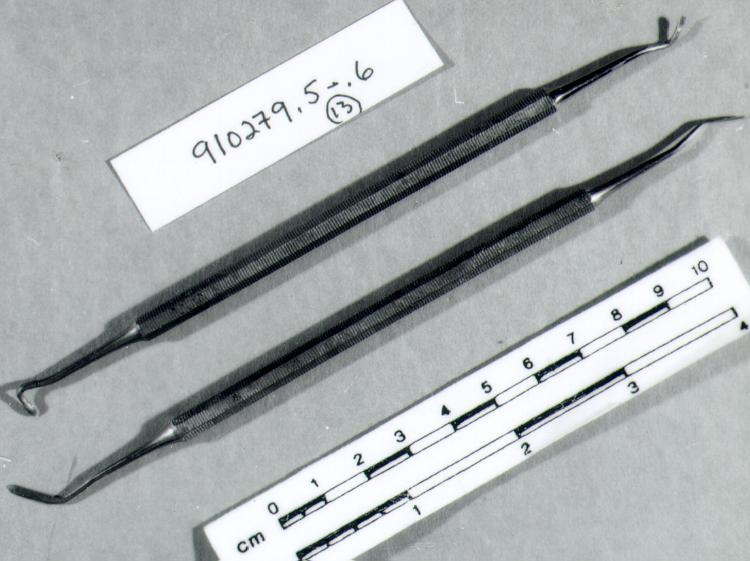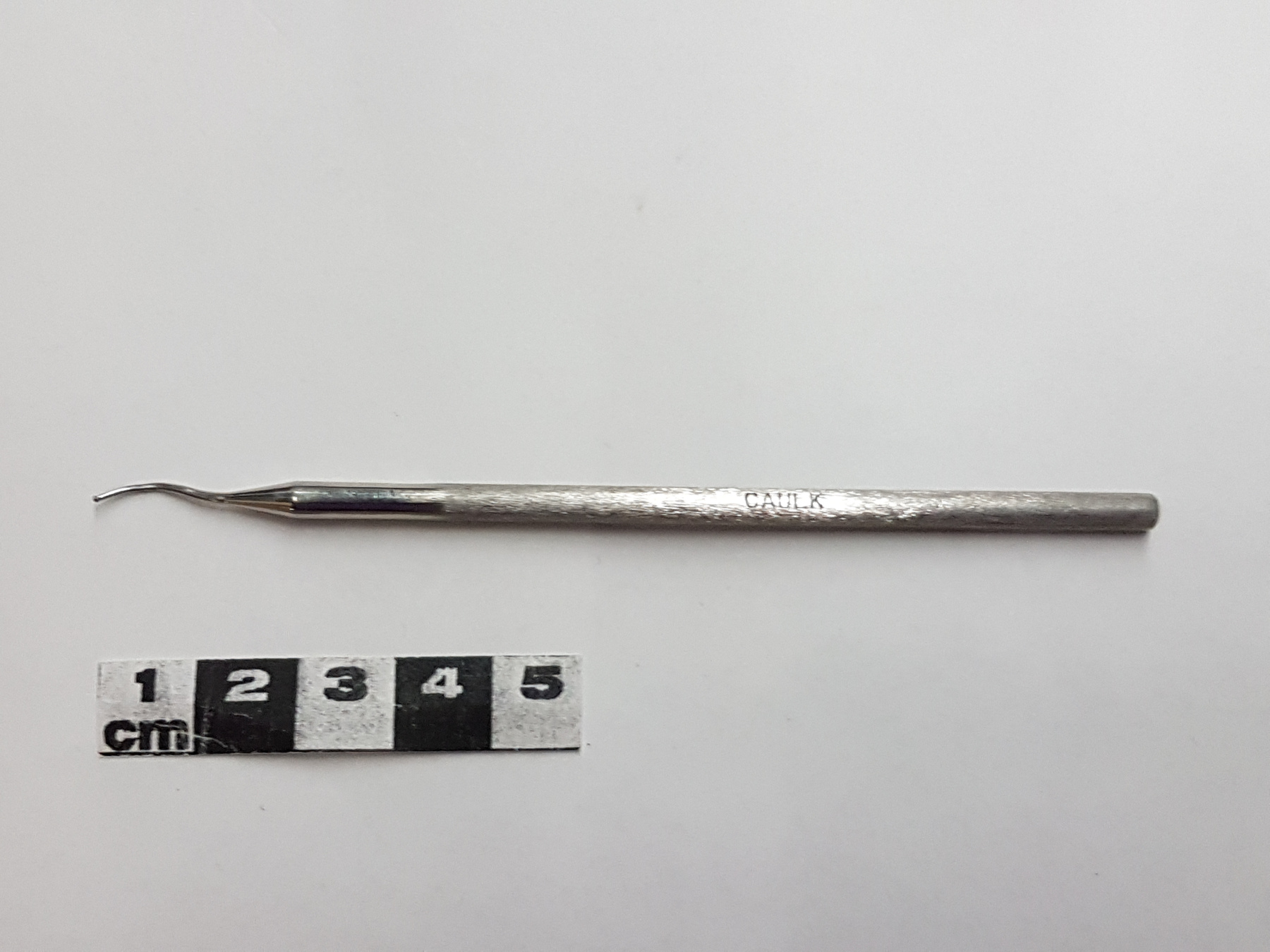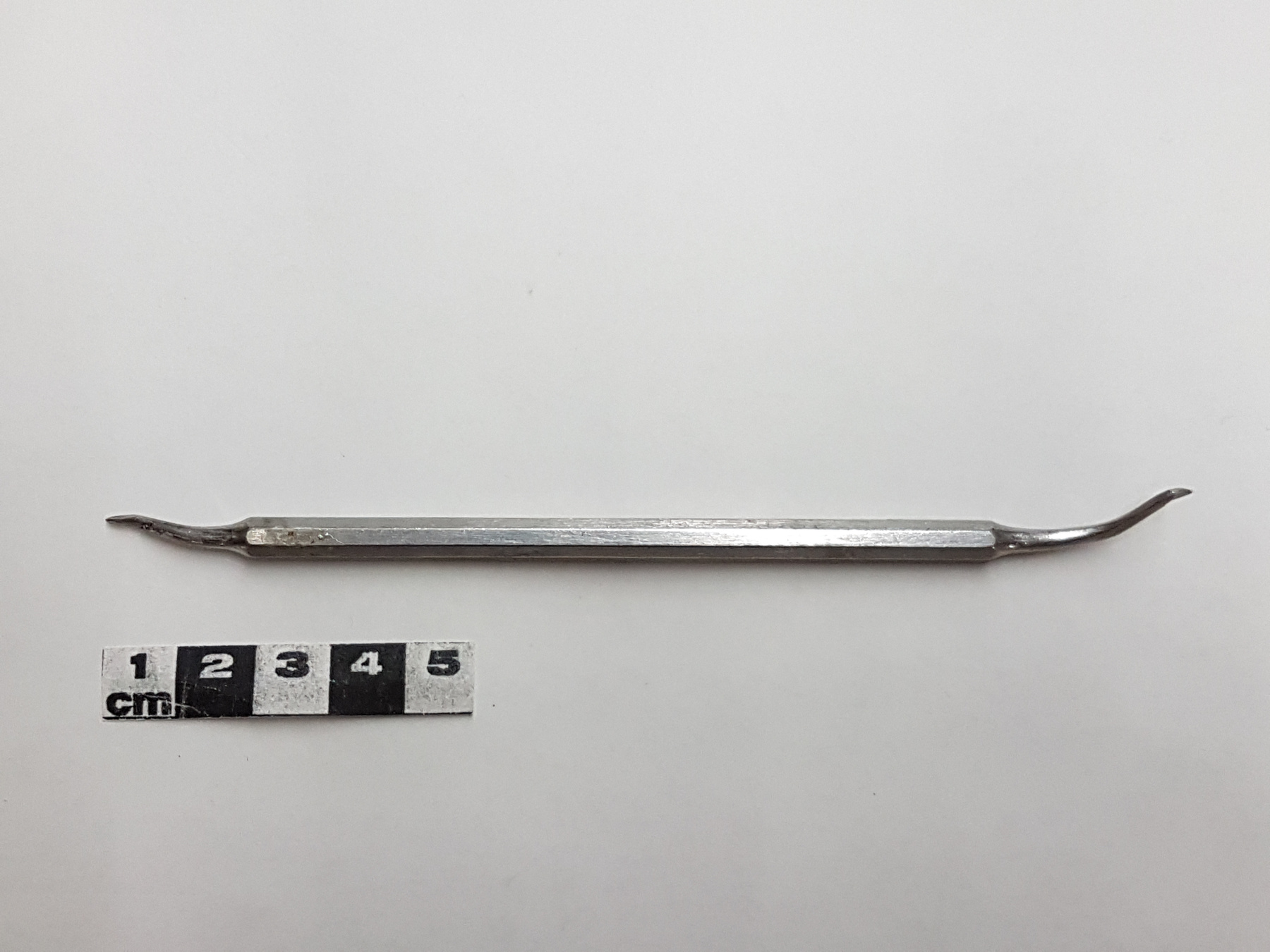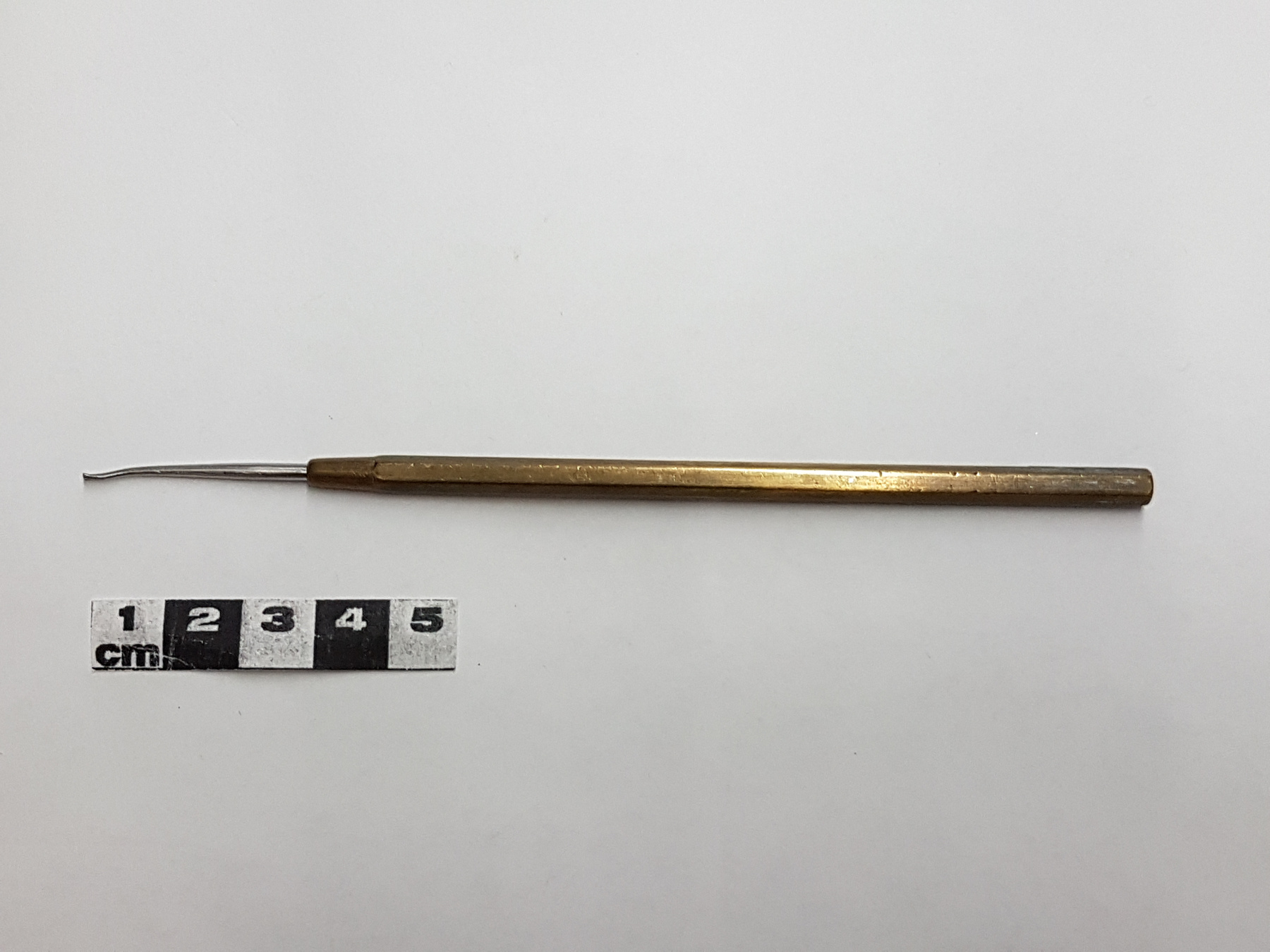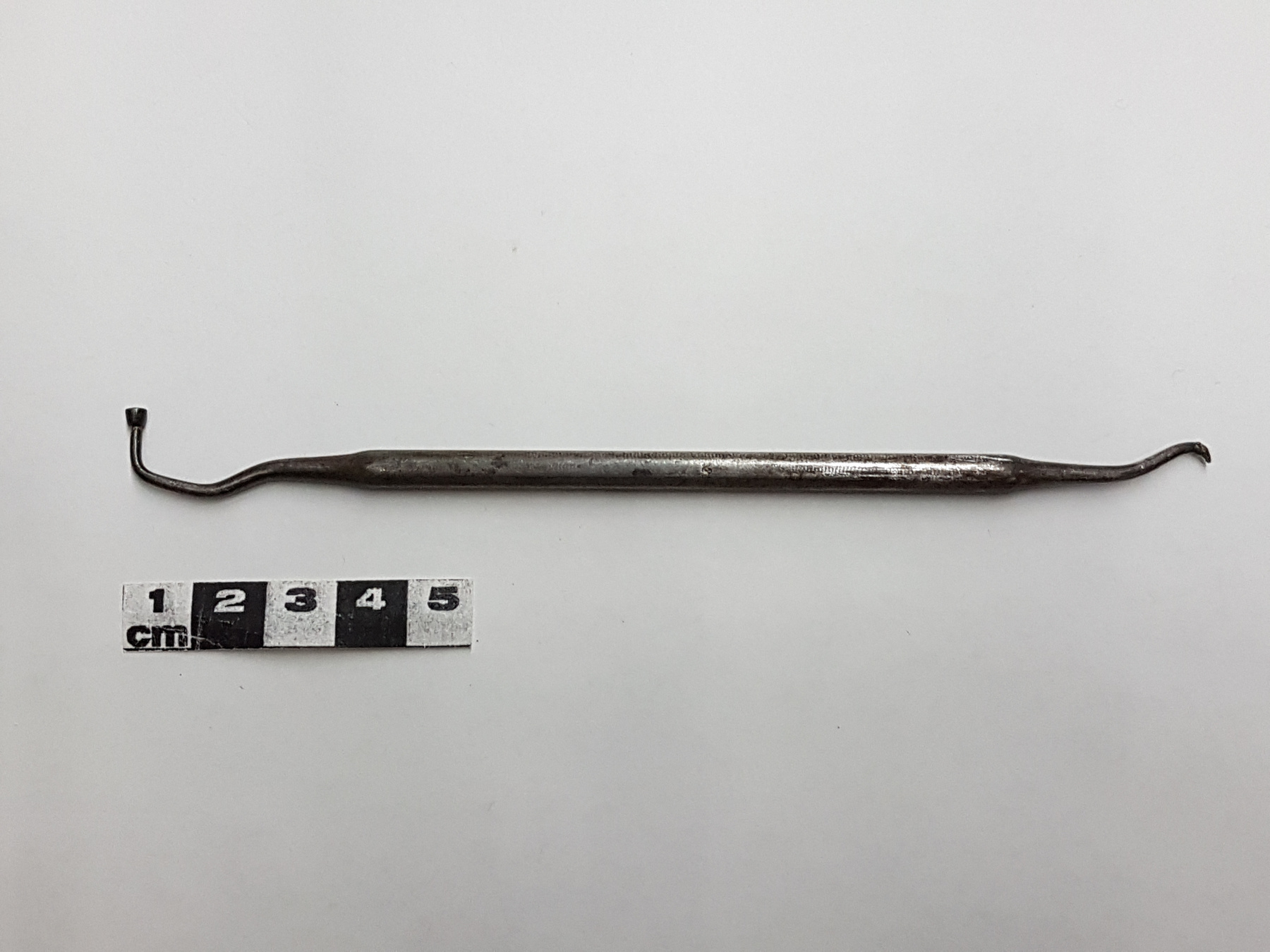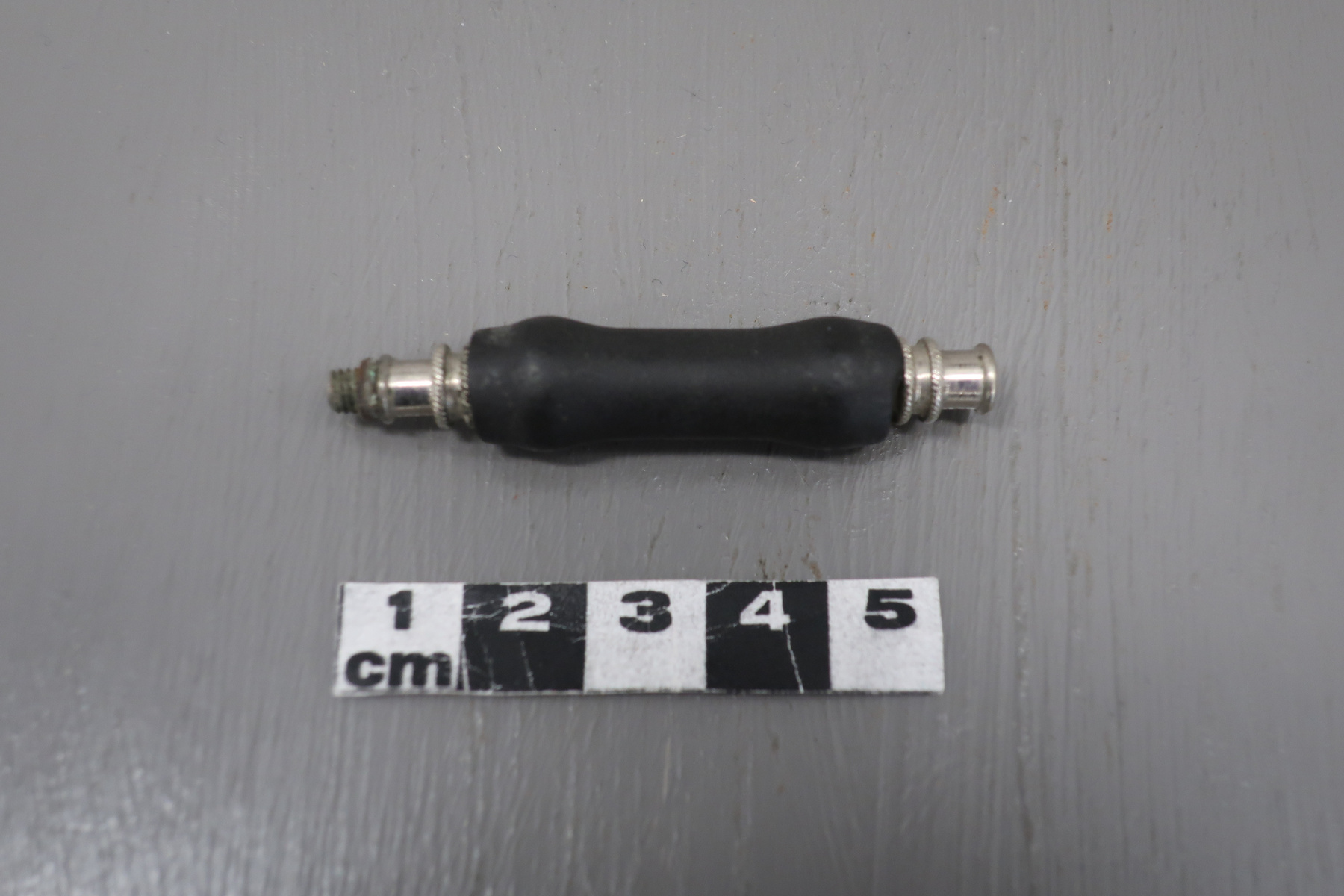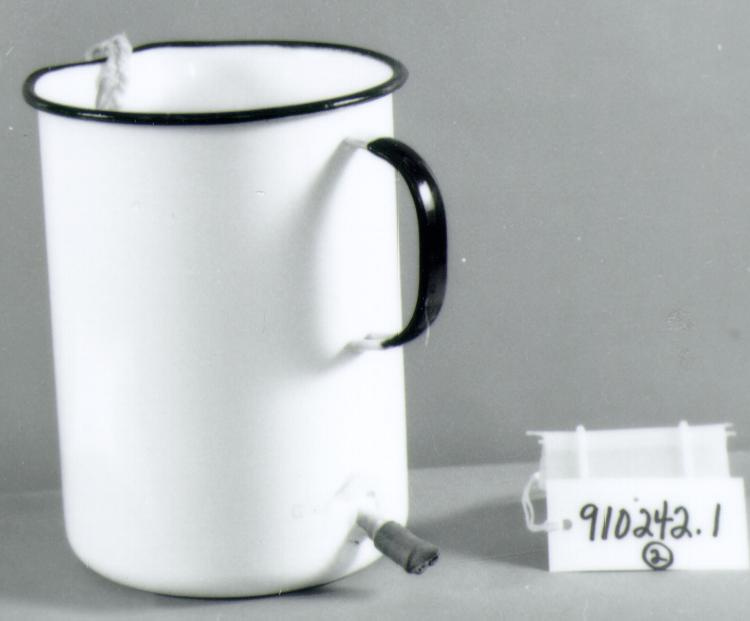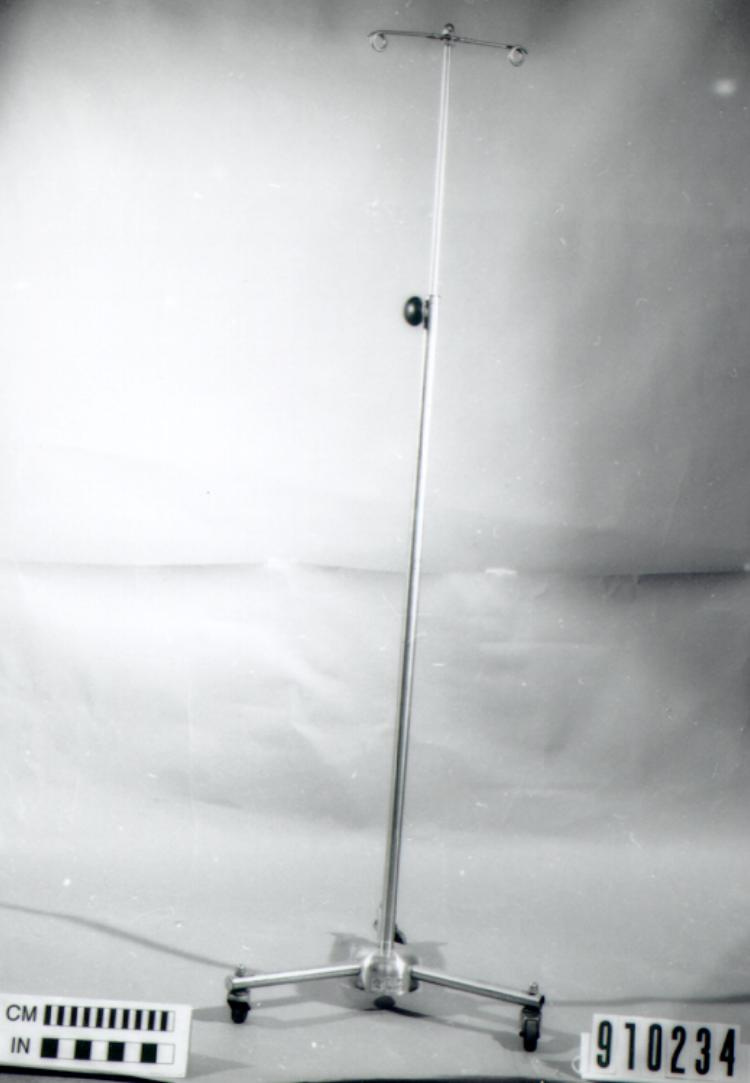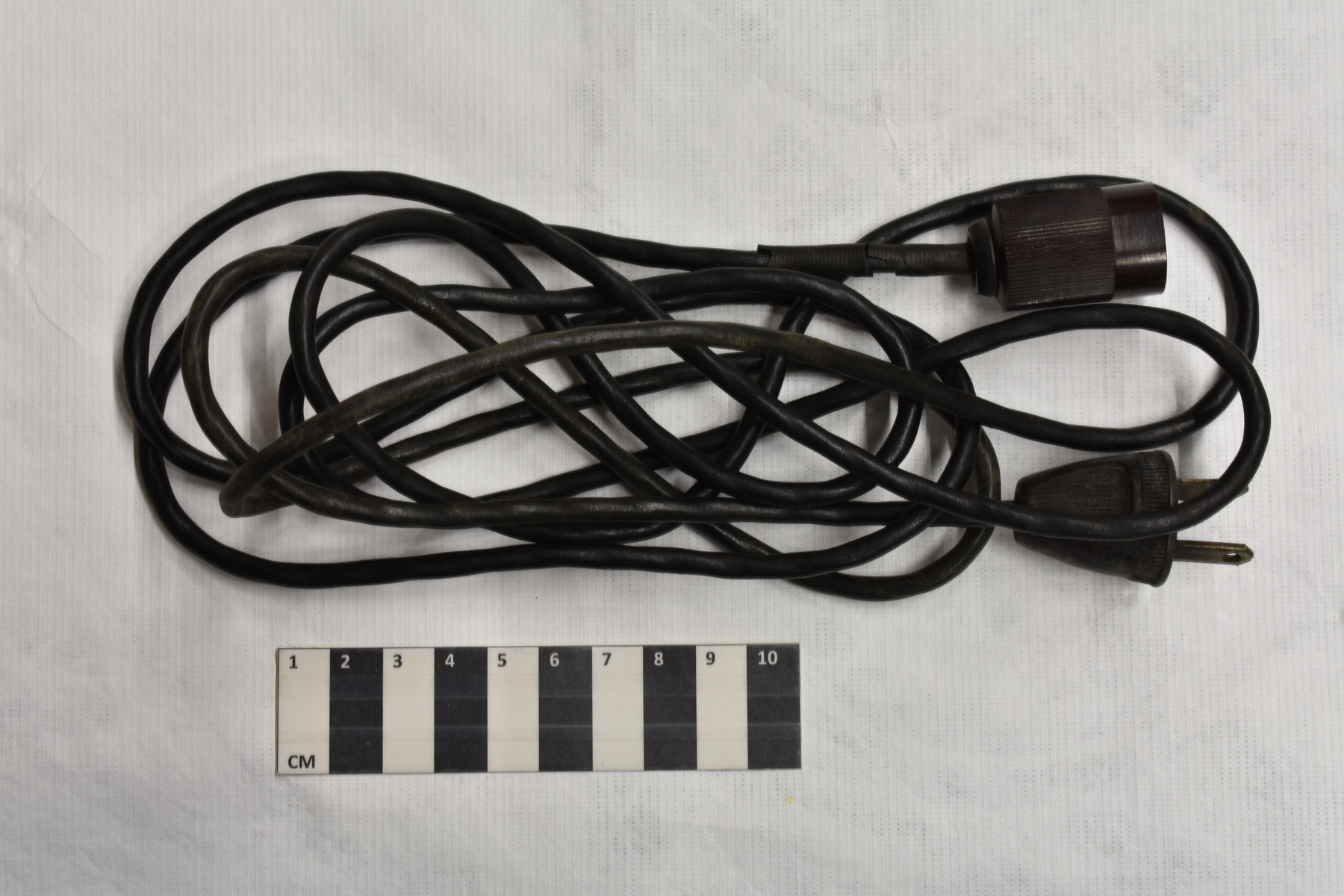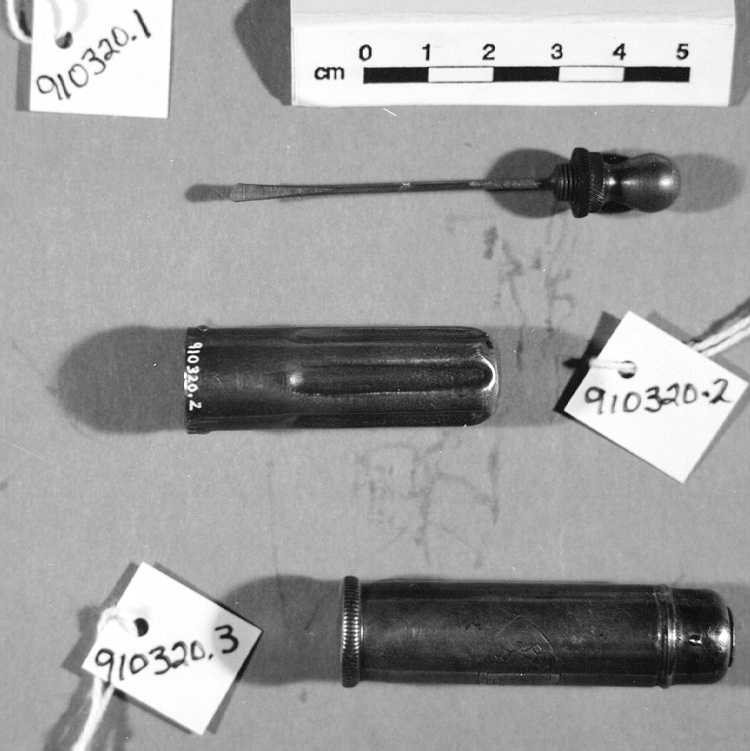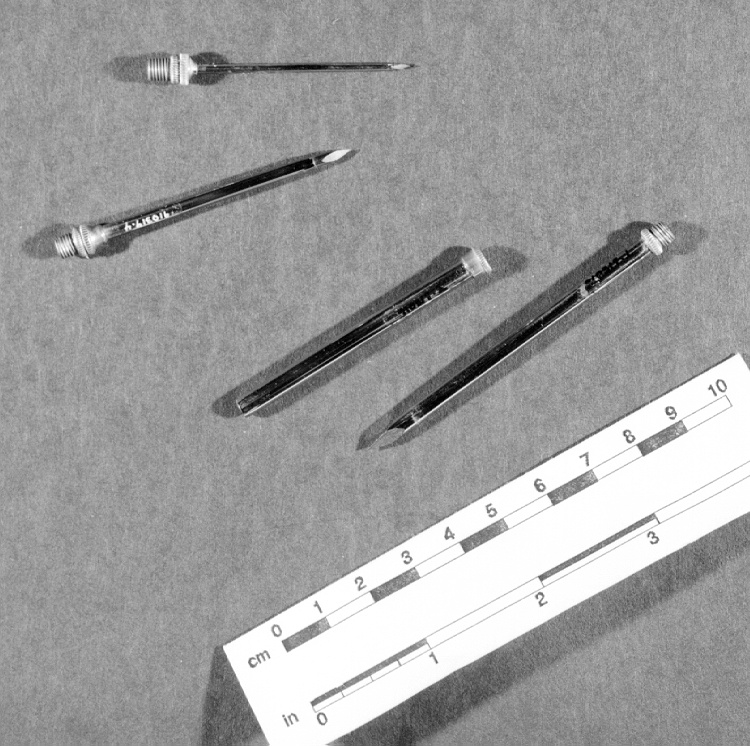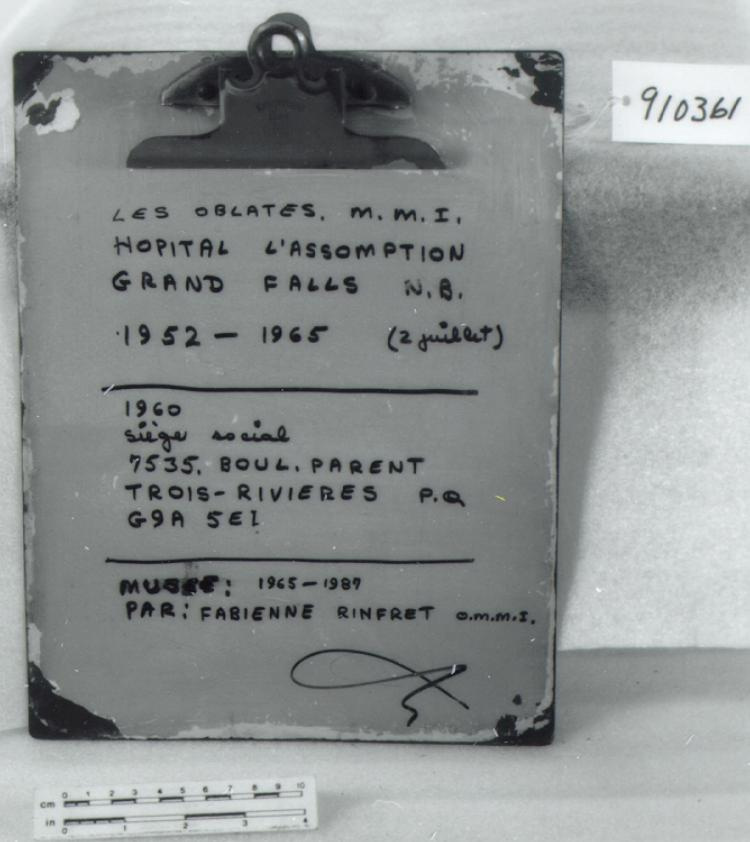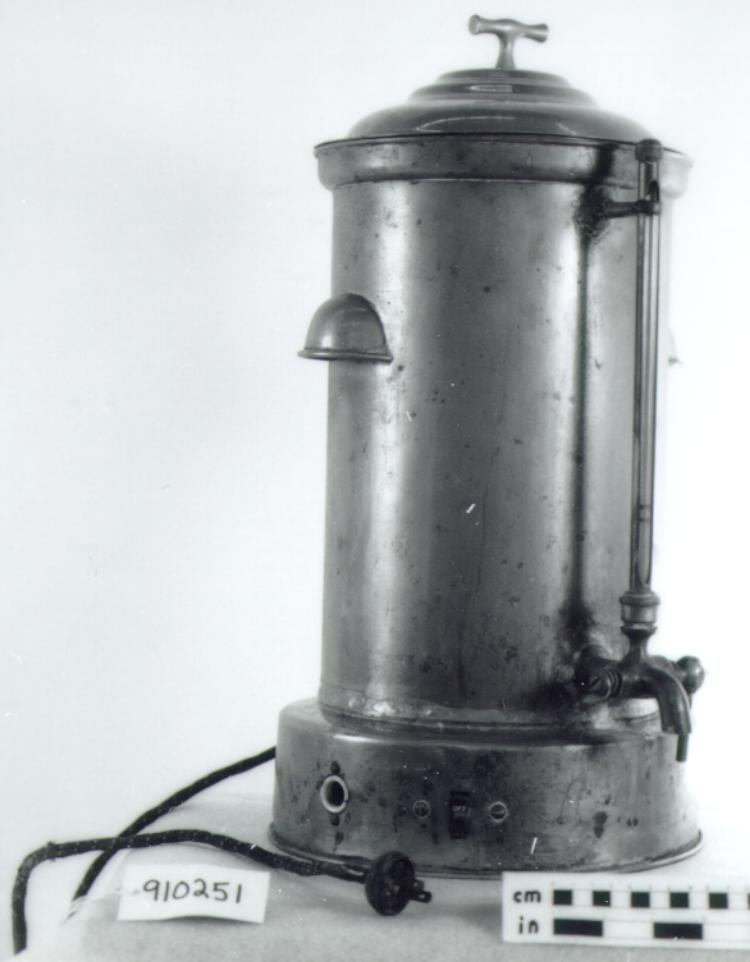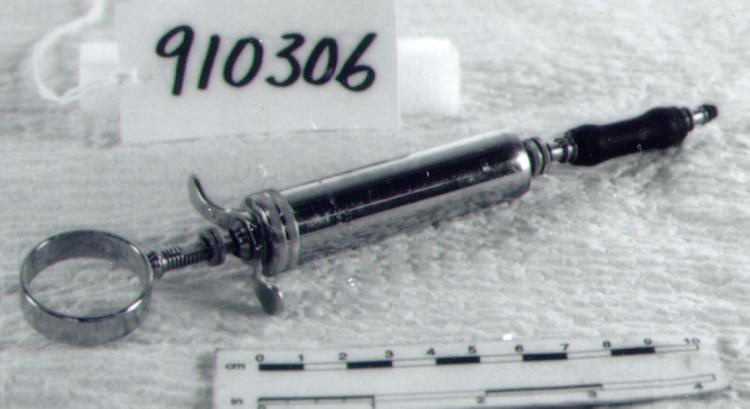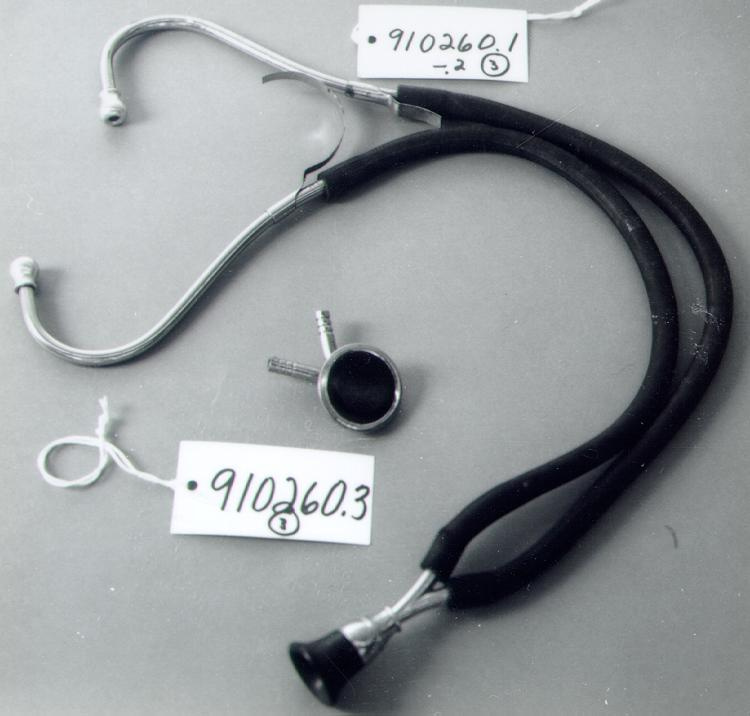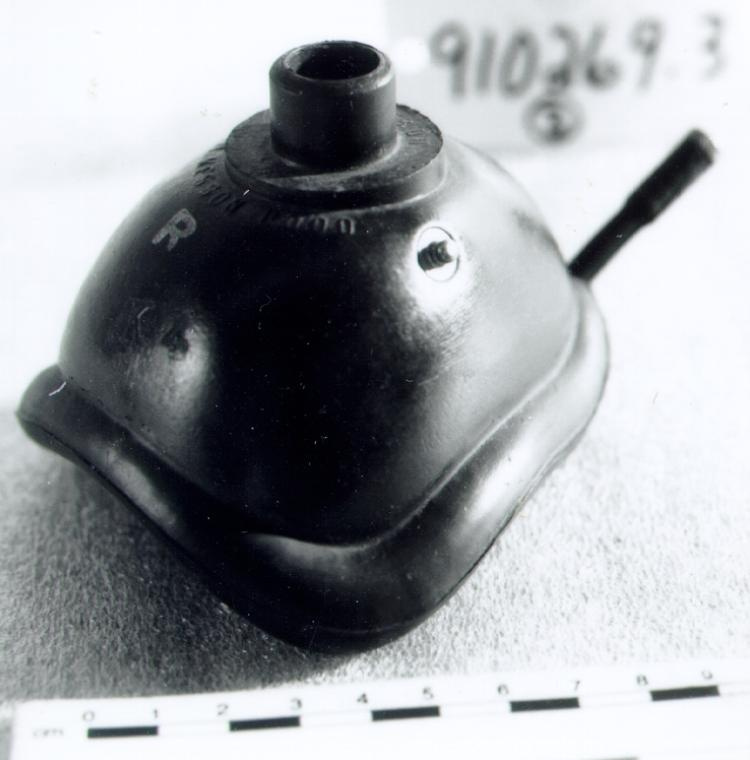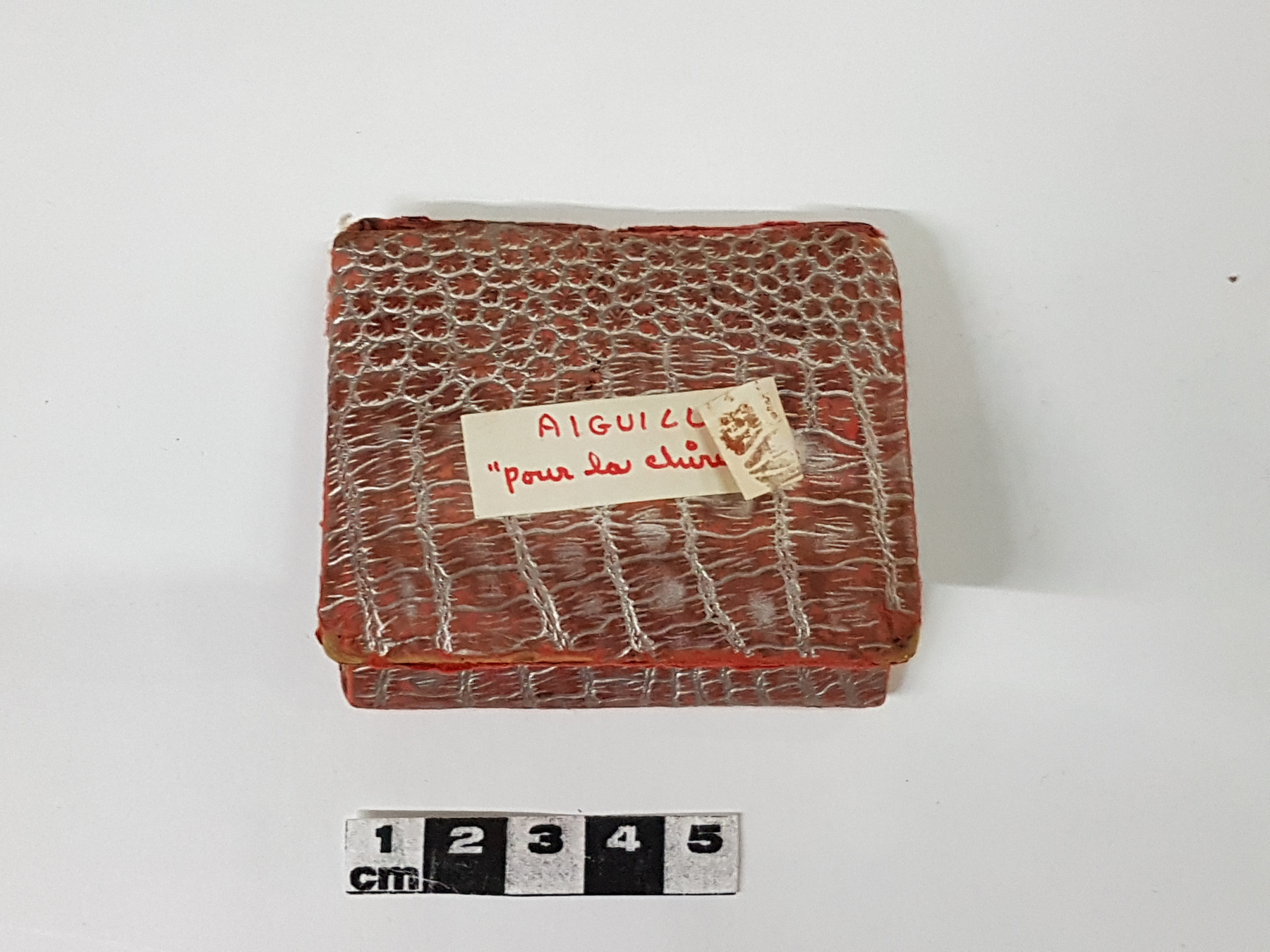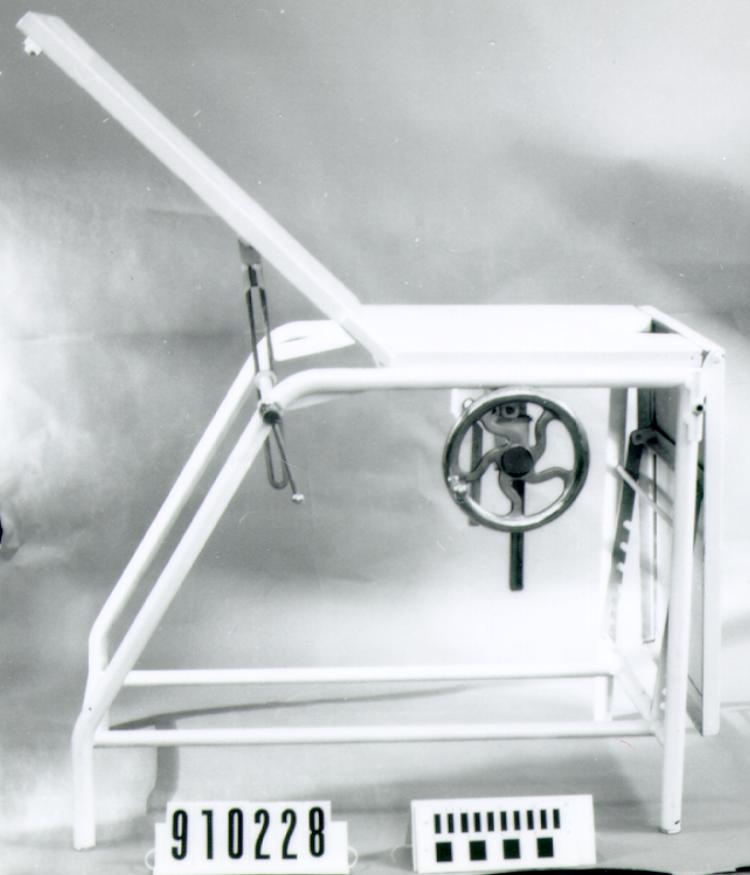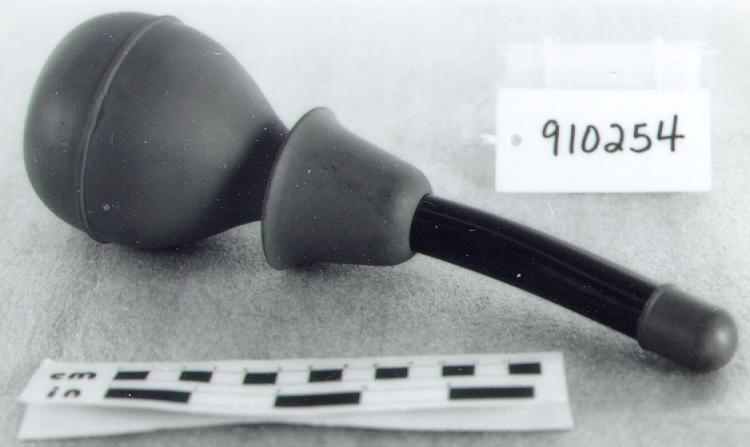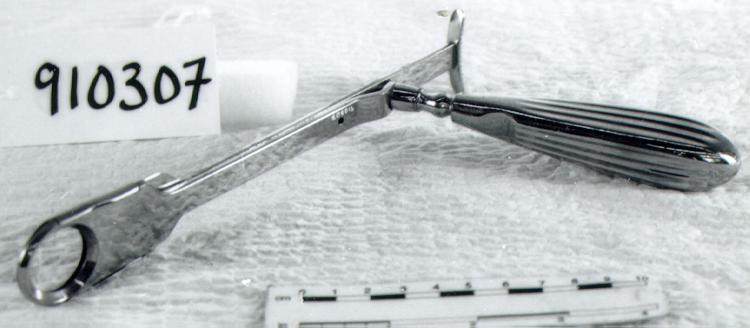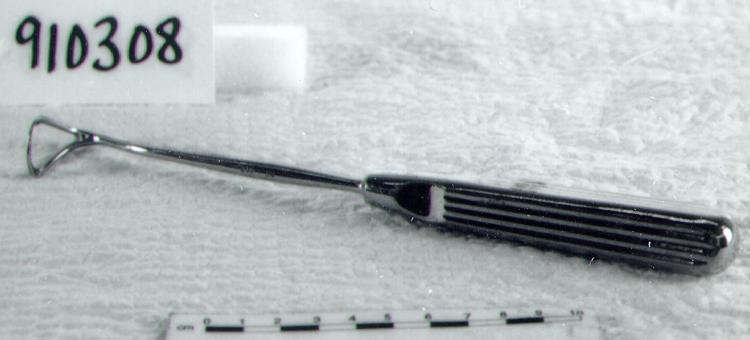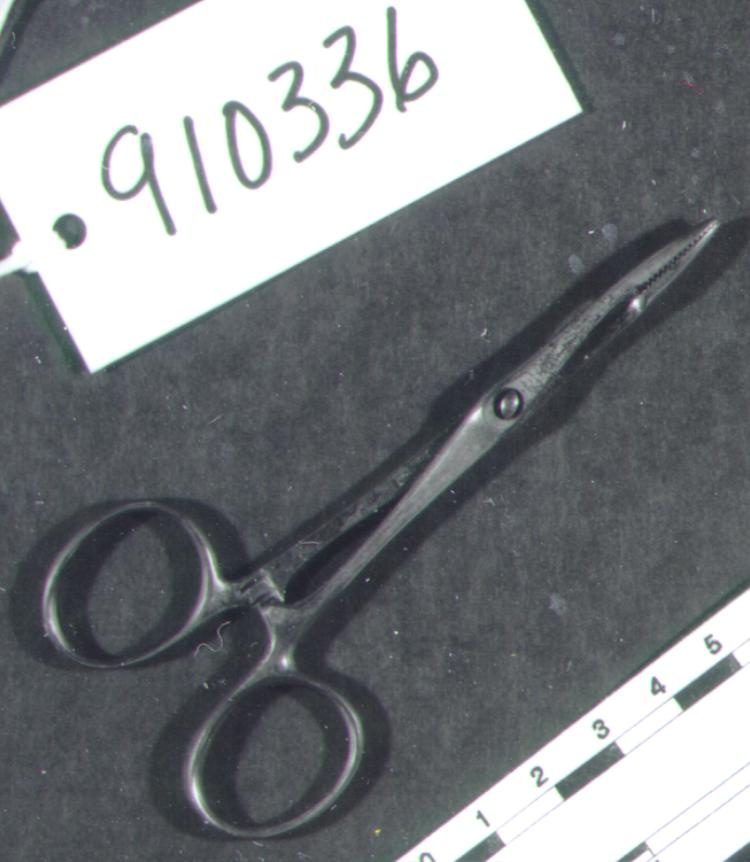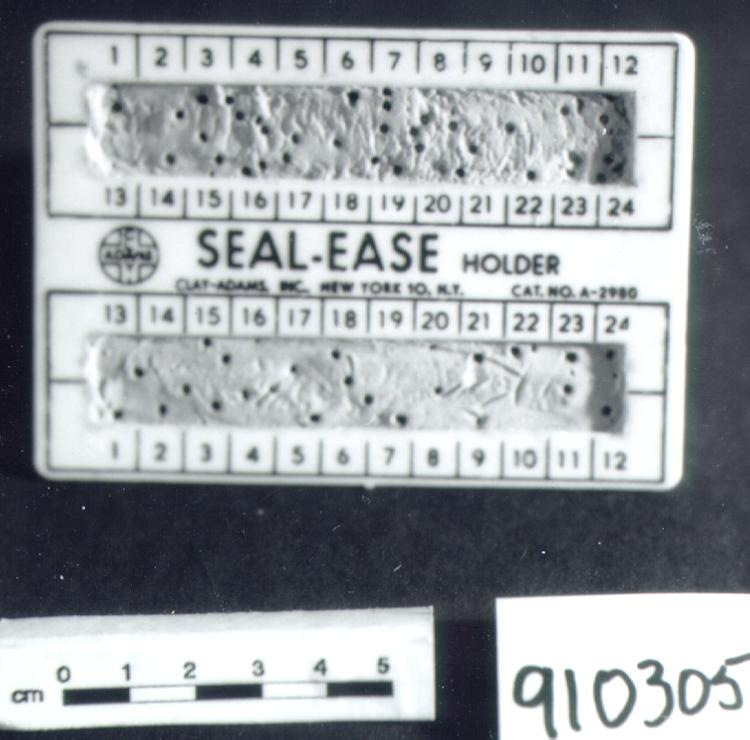Produit de scellement pour tube capillaire
Utiliser cette image
Puis-je réutiliser cette image sans autorisation? Oui
Les images sur le portail de la collection d’Ingenium ont la licence Creative Commons suivante :
Copyright Ingenium / CC BY-NC-ND (Attribution-NonCommercial 4.0 International (CC BY-NC 4.0)
ATTRIBUER CETTE IMAGE
Ingenium,
1991.0305.001
Permalien:
Ingenium diffuse cette image sous le cadre de licence Creative Commons et encourage son téléchargement et sa réutilisation à des fins non commerciales. Veuillez mentionner Ingenium et citer le numéro de l’artefact.
TÉLÉCHARGER L’IMAGEACHETER CETTE IMAGE
Cette image peut être utilisée gratuitement pour des fins non commerciales.
Pour un usage commercial, veuillez consulter nos frais de reproduction et communiquer avec nous pour acheter l’image.
- TYPE D’OBJET
- S/O
- DATE
- 1960–1980
- NUMÉRO DE L’ARTEFACT
- 1991.0305.001
- FABRICANT
- Clay-Adams Inc.
- MODÈLE
- SEAL-EASE
- EMPLACEMENT
- New York, New York, United States of America
Plus d’information
Renseignements généraux
- Nº de série
- S/O
- Nº de partie
- 1
- Nombre total de parties
- 1
- Ou
- S/O
- Brevets
- S/O
- Description générale
- SEALANT HOLDER IS SYNTHETIC PLASTIC AND CONTAINS A PUTTY LIKE COMPOUND.
Dimensions
Remarque : Cette information reflète la taille générale pour l’entreposage et ne représente pas nécessairement les véritables dimensions de l’objet.
- Longueur
- 10,7 cm
- Largeur
- 7,5 cm
- Hauteur
- S/O
- Épaisseur
- S/O
- Poids
- S/O
- Diamètre
- S/O
- Volume
- S/O
Lexique
- Groupe
- Technologie médicale
- Catégorie
- Matériel médical
- Sous-catégorie
- S/O
Fabricant
- Ou
- Clay Adams
- Pays
- United States of America
- État/province
- New York
- Ville
- New York
Contexte
- Pays
- Canada
- État/province
- Nouveau-Brunswick
- Période
- C.1960-PRESENT
- Canada
-
The methodology which used sealant and capillary tubes for determining hematocrit values is known as microhematocrit. This was an alternative to a method which used a venous blood sample & took longer to complete. The micro technique was fast, used a small quantity of sample & could be set up in small laboratories. “This artifact is part of a collection used in l’Hôpital de l’Assomption in Grand Falls/Grand Sault, New Brunswick. The hospital was run by the Secular Institute of The Oblate Missionaries of Mary Immaculate (OMMI), from 1952-1964. OMMI is a large organisation which ran residential schools across Canada and the Secular Institute is one arm of that larger organisation [1].The artifacts in this collection were curated by the Secular Institute (sometimes referred to as the “Oblates”), specifically Fabienne Rinfret, who was one of the original 10 nurses working at the hospital when it opened [2]. They were purchased by The Canada Science and Technology Museum in 1991, only months before OMMI made their first apology for their role in running residential schools [3]. The artifacts in this collection are common examples of medical objects, which were manufactured in many places inside and outside of Canada. What makes them unique is their context, they were used in this hospital by the “Oblate” nurses. The hospital was previously called l’Hôpital d’Emard and run by Mme. Emard, Mr. Emard (who was blind), and a few other staff [4]. The “Oblates” took over in 1952 and ran the hospital until May 31st 1964 upon the opening of Grand Falls General Hospital Incorporated, which was run by the Religieuses Hospitalières de St-Joseph. The Cataract Weekly (Grand Falls’ bilingual newspaper) reported that all 55 staff members were hired on at the new hospital and most of the equipment was transferred there as well [5]. After only a year and a half the Secular Institute had 200 members, most of whom had passed through the Mother House at l’Hospital de l’Assomption. Many members were nurses working at hospitals in New Brunswick and Québec. Others worked as teachers, housekeepers, and nurses at presbyteries [6]. From the Secular Institute’s history written in 2015, Malenfant states: “[t]he Institute did not limit itself to a particular type of works” and “[t]he intern members devoted themselves in varied works: hospitals, schools, classical colleges, dispensaries, secretariats, social services, homes for young girls, for convalescents or for the elderly, bookstores, […] etc.” [2]. There were no residential schools in New Brunswick, however, Shubenacadie Residential School ran in Nova Scotia from 1930 and 1967 [7]. From 1956-1967 it was managed by the Oblate Missionaries of Mary Immaculate [8]. There was also a segregated hospital and day school, Tobique Indian Hospital (also known as St. Ann’s Teacherage and Hospital) in Tobique, NB, which was run by the Sisters of Charity from 1928-1981 [9] [10].” [Ref 3] - Fonction
-
COMPOUND IS USED TO SEAL THE END OF GLASS CAPILLARY TUBES USED FOR MICROHEMATOCRIT TESTS. AFTER BLOOD WAS DRAWN INTO THE TUBE ONE END WAS PRESSED INTO THE COMPOUND TO FORM A PLUG ALLOWING THE TUBE TO BE CENTRIFUGED. PLASTIC CAPS WERE AVAILABLE LATER TO USE IN PLACE OF A PUTTY SEALANT. - Technique
-
THE MICROHEMATOCRIT METHOD WAS A FASTER TEST AND COULD BE PERFORMED USING A FINGER PRICK THUS MAKING IT EASILY PERFORMED ON BABIES OR CHILDREN. THE SEALANT USED WAS EITHER A CLAY/PLASTICENE (REF.2) OR A SYNTHETIC PLASTIC PUTTY. THE ALTERNATIVE WAS TO USE A MICROBURNER WHICH PROBABLY POSED A FEW TECHNICAL PROBLEMS. - Notes sur la région
-
Inconnu
Détails
- Marques
- MARKED IN BLACK ON SURFACE OF HOLDER SURROUNDING THE TOP & BOTTOM SECTIONS OF SEALANT ARE NUMBERS 1-24. MARKED IN BLACK IN THE MIDDLE SECTION OF HOLDER 'CLAY/ADAMS [COMPANY LOGO] SEAL-EASE HOLDER/ CLAY-ADAMS, INC. NEW YORK 10, N.Y. CAT. NO. A-2980'
- Manque
- NONE
- Fini
- WHITE PLASTIC CASING HAS BLACK TEXT, SEALING COMPOUND IS LIGHT BROWN
- Décoration
- S/O
FAIRE RÉFÉRENCE À CET OBJET
Si vous souhaitez publier de l’information sur cet objet de collection, veuillez indiquer ce qui suit :
Clay-Adams Inc., Produit de scellement pour tube capillaire, vers 1960–1980, Numéro de l'artefact 1991.0305, Ingenium - Musées des sciences et de l'innovation du Canada, http://collections.ingeniumcanada.org/fr/id/1991.0305.001/
RÉTROACTION
Envoyer une question ou un commentaire sur cet artefact.
Plus comme ceci
